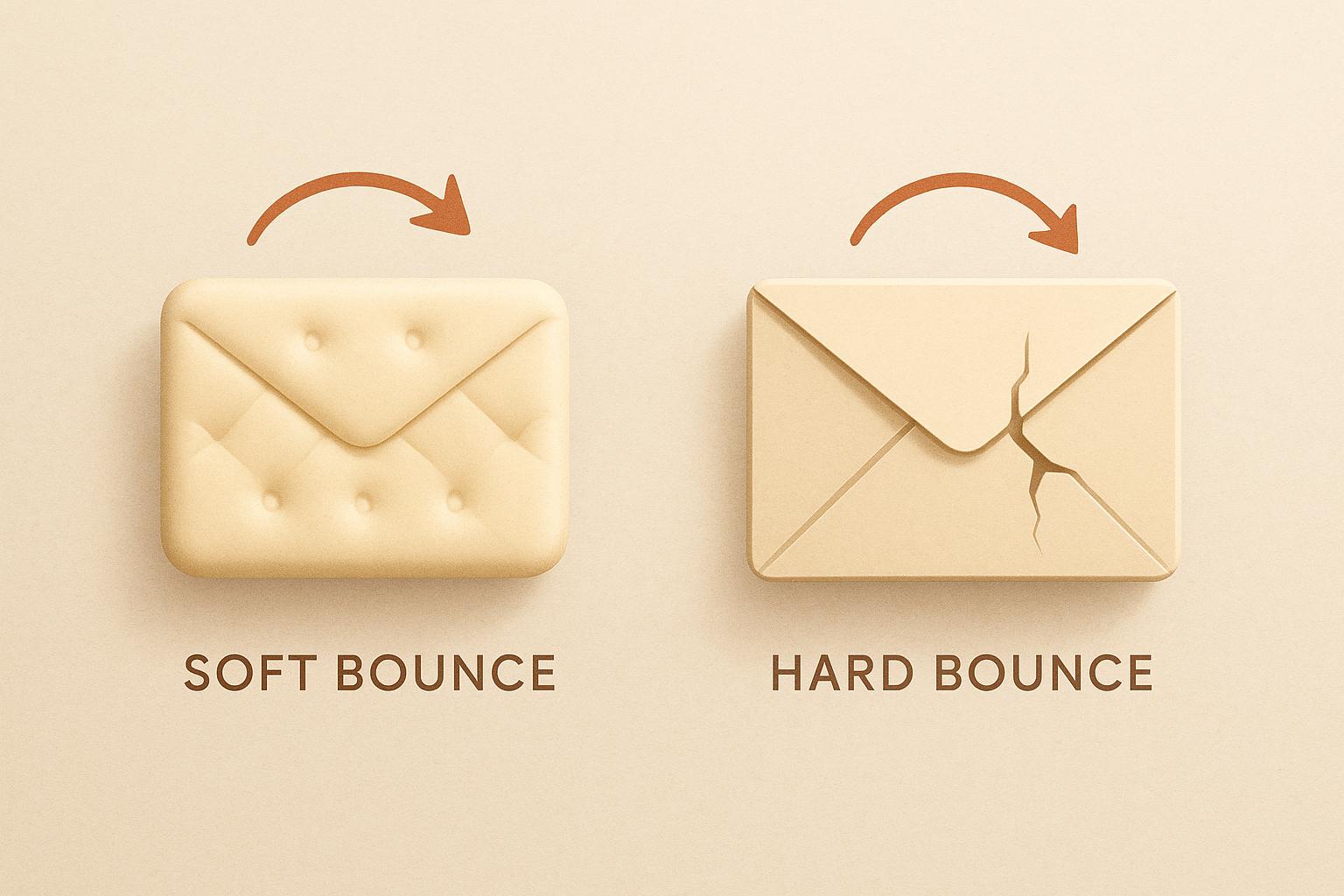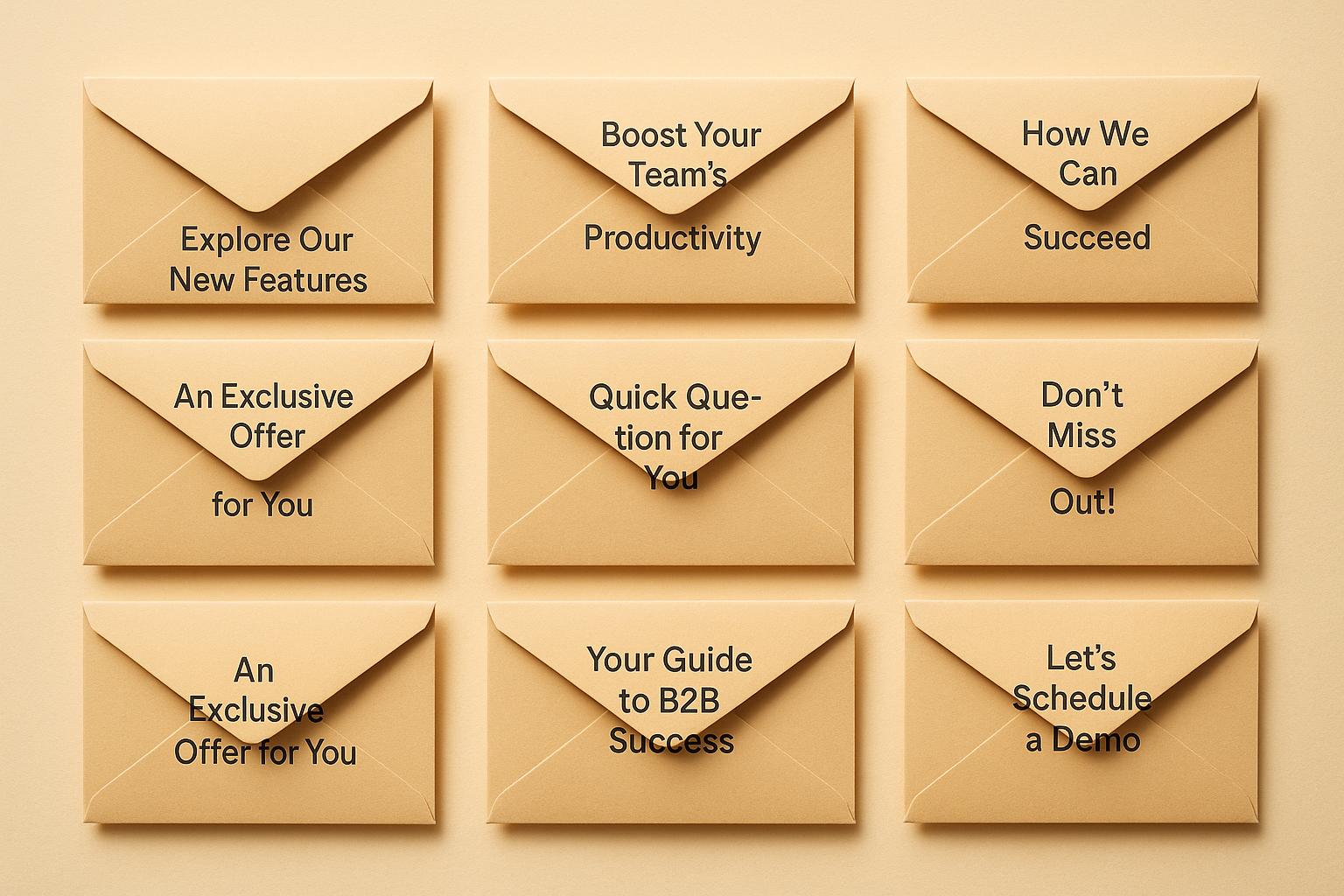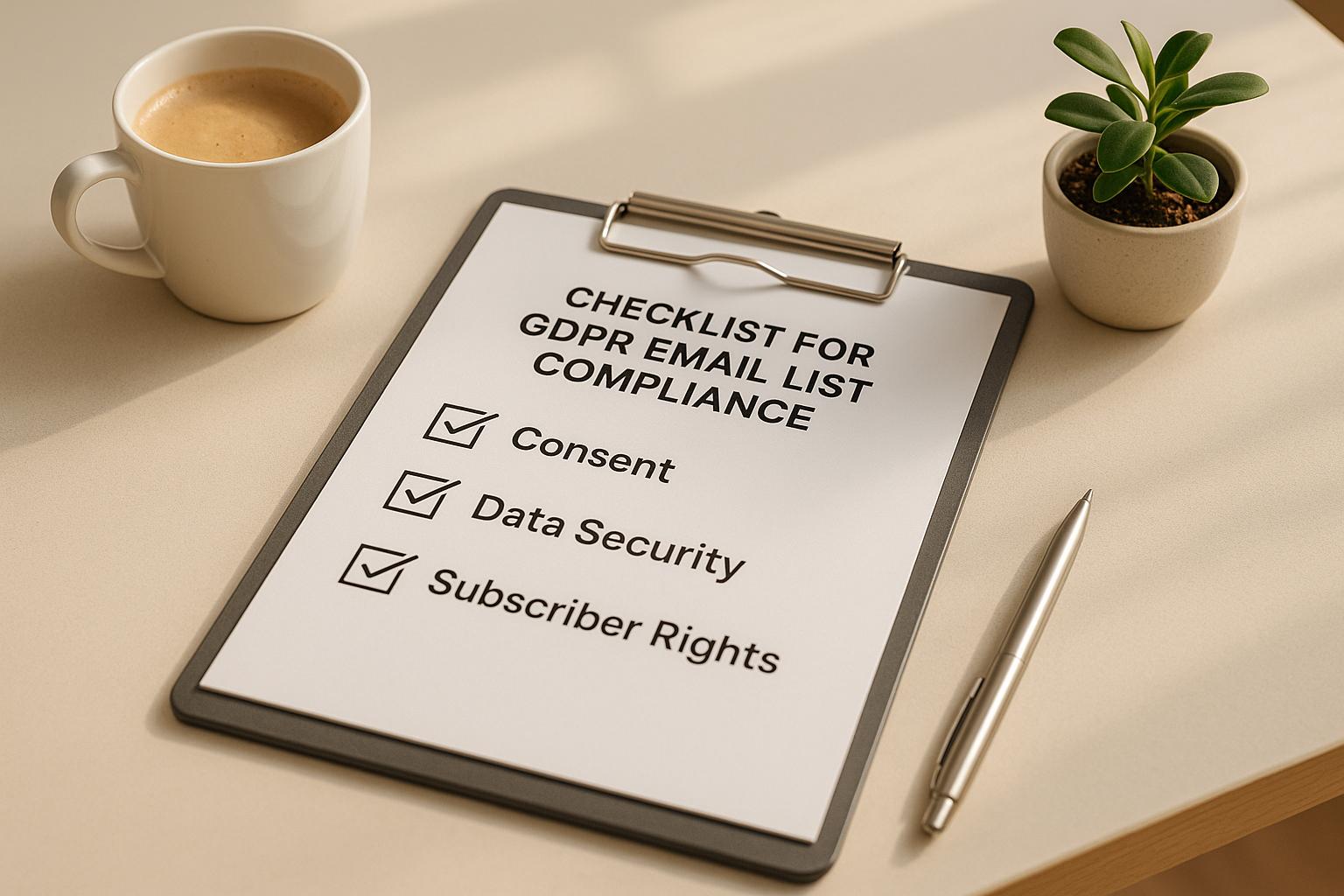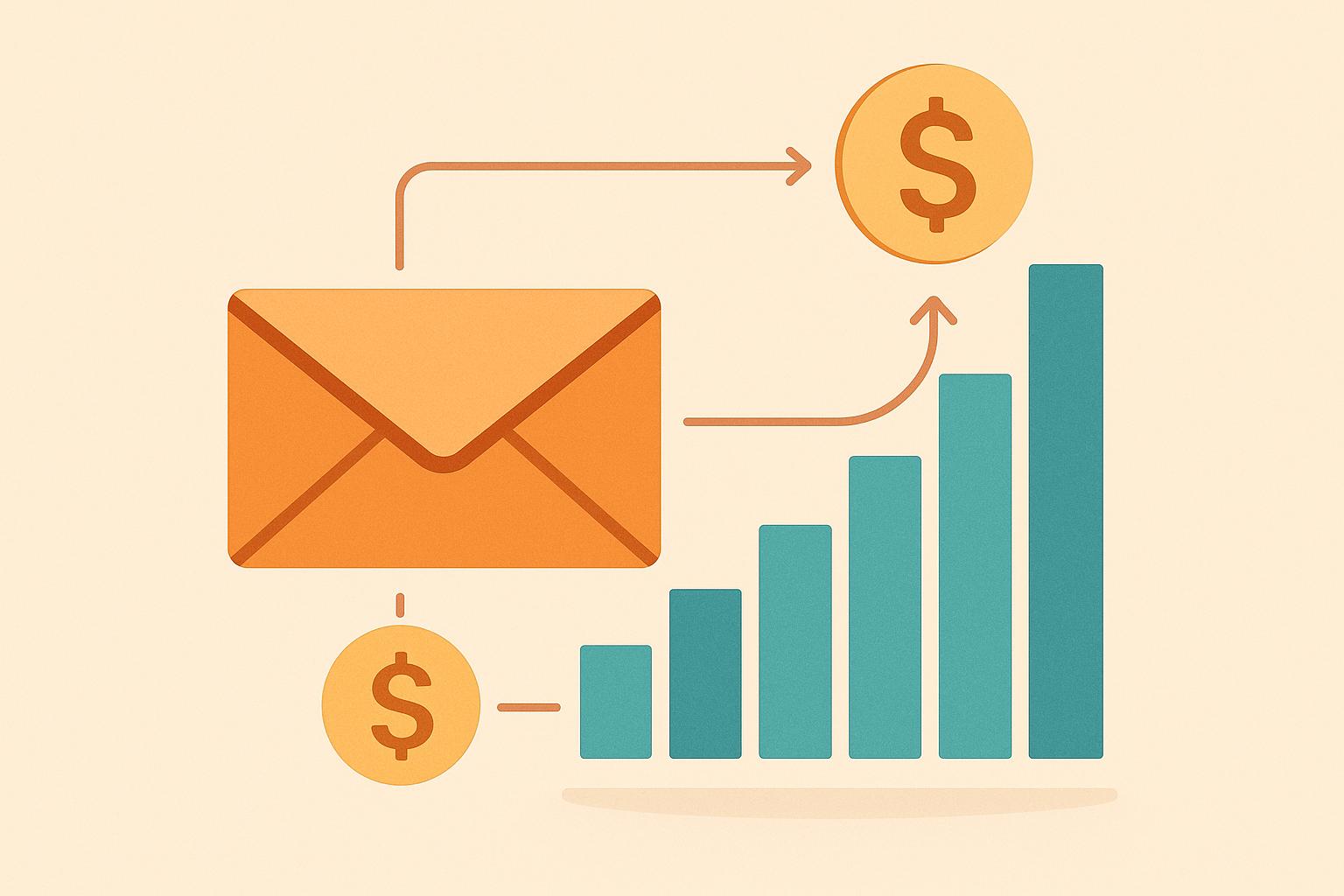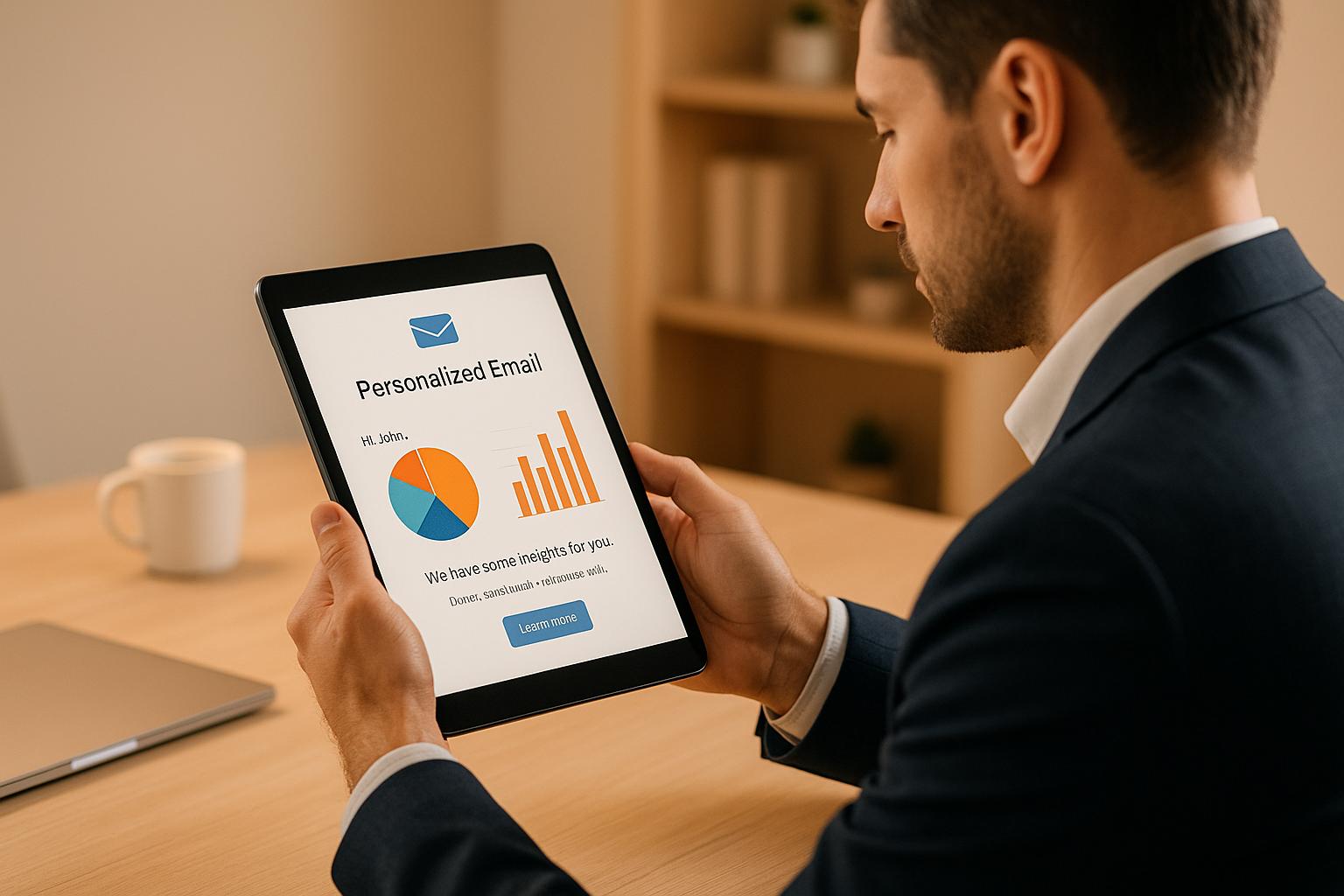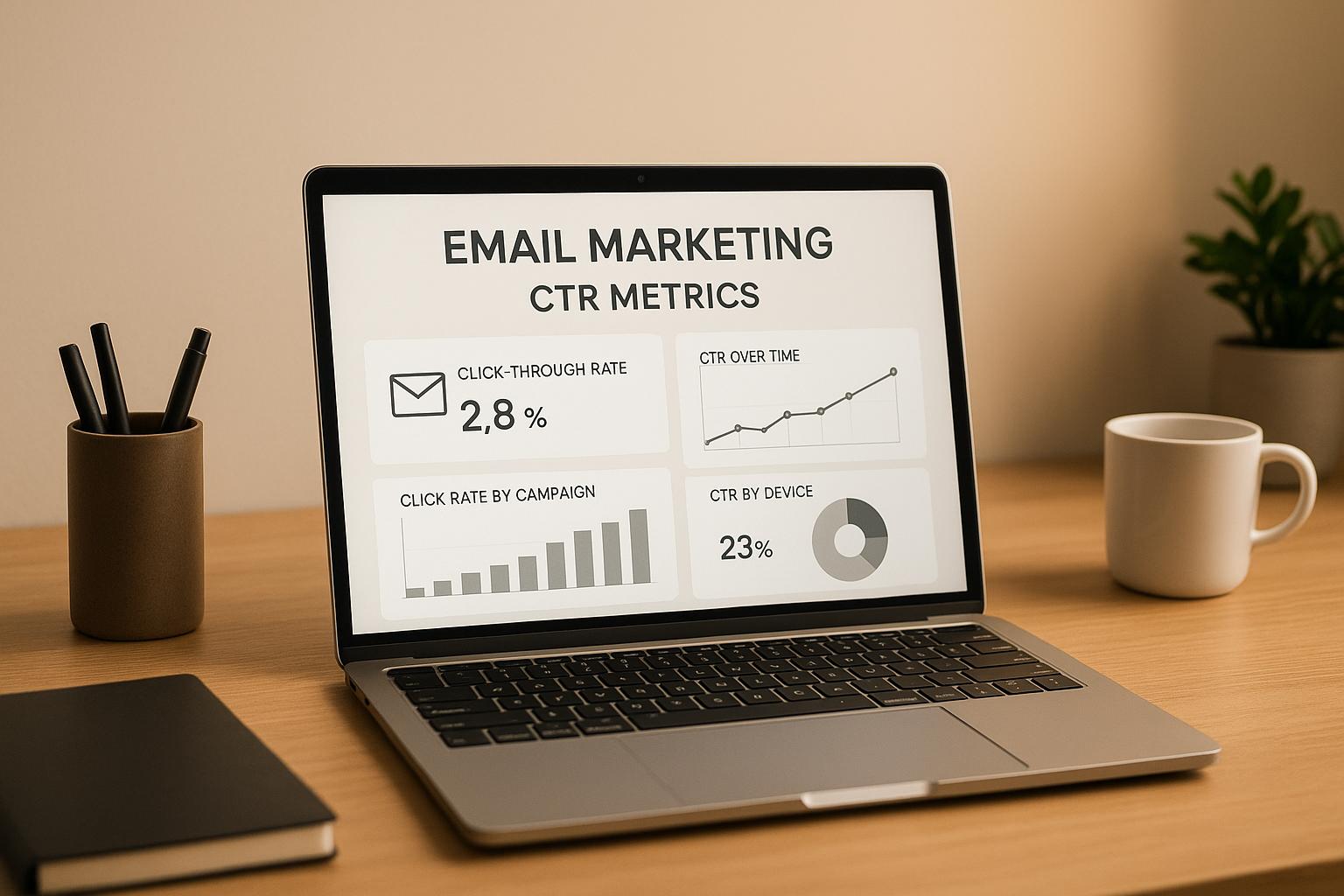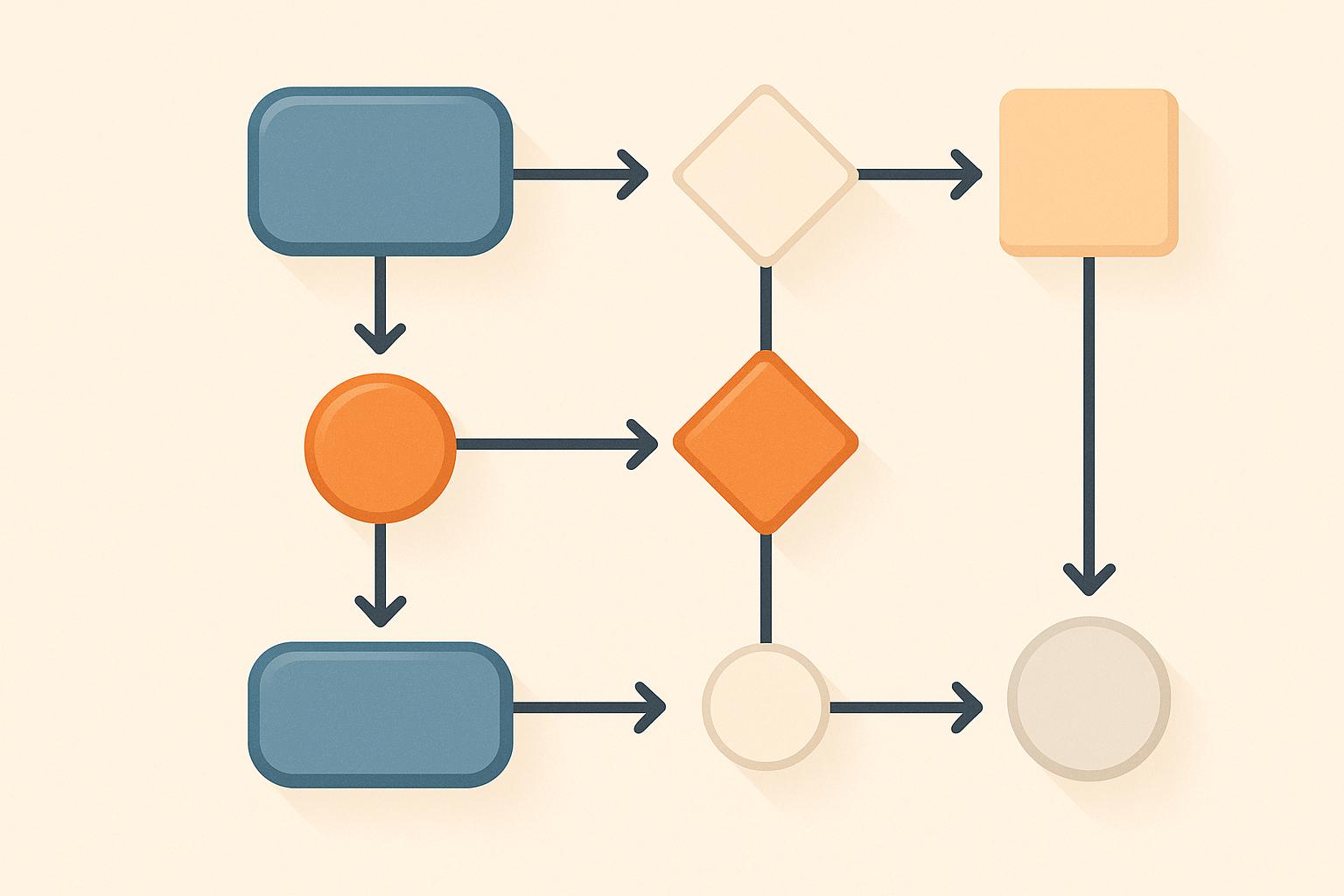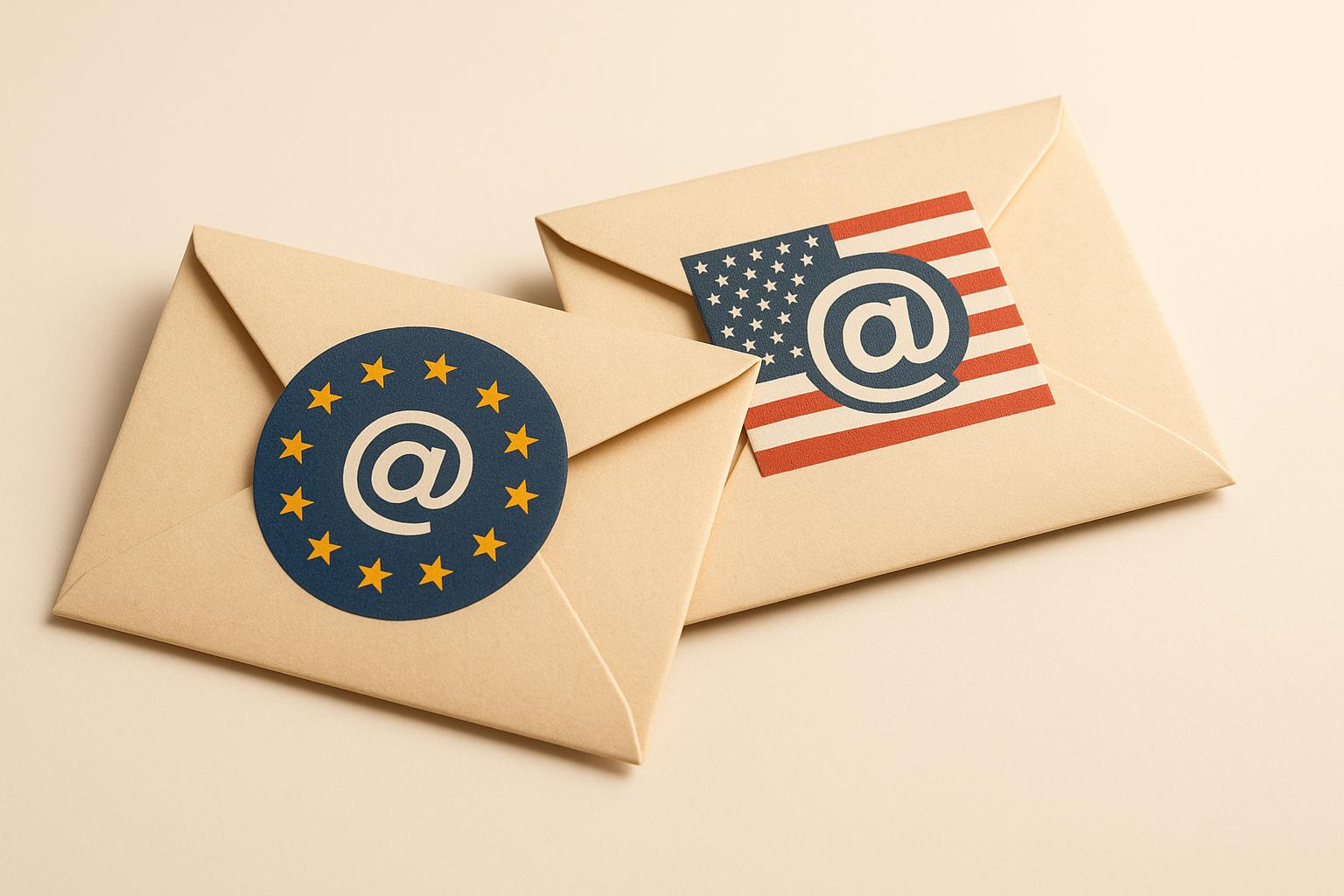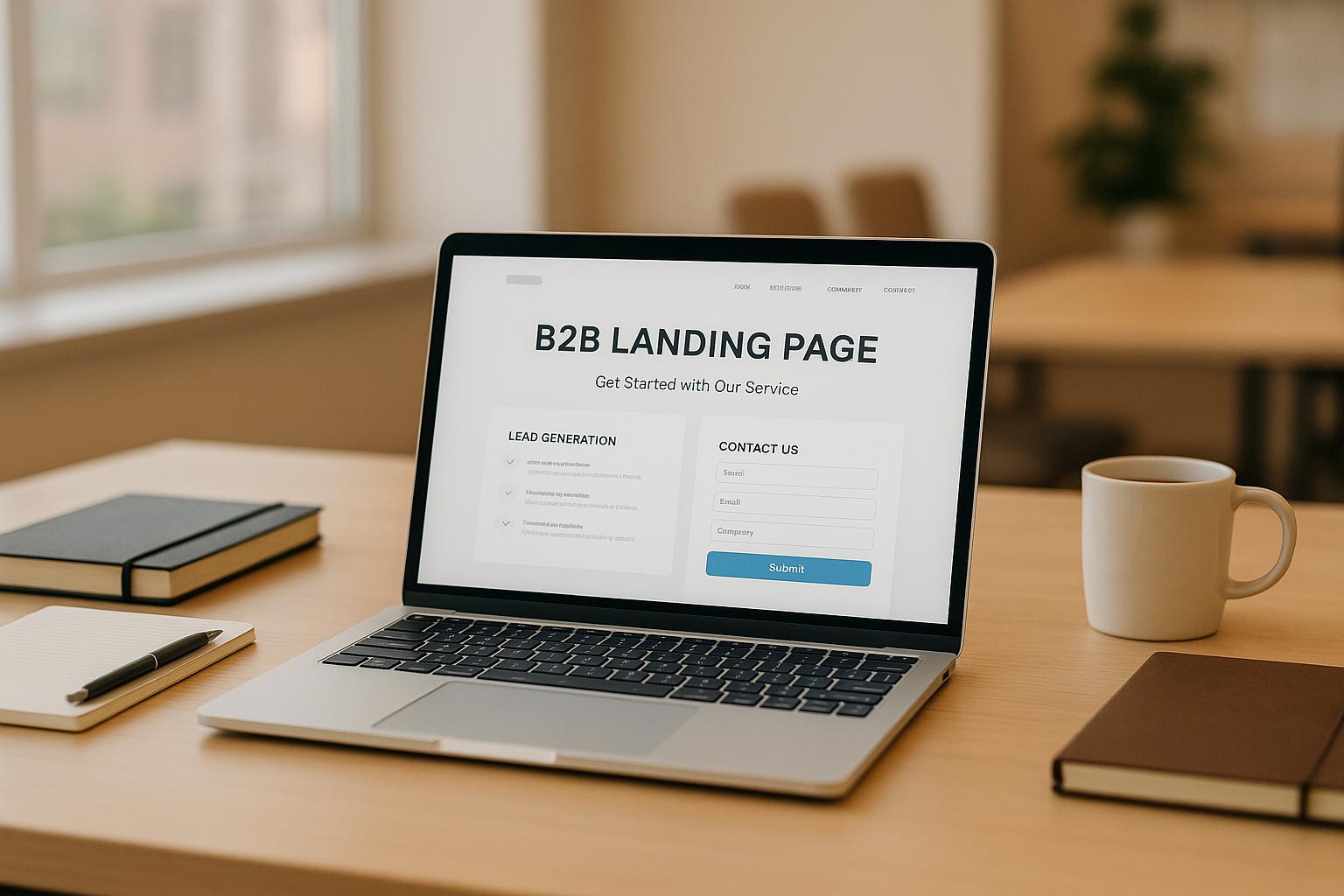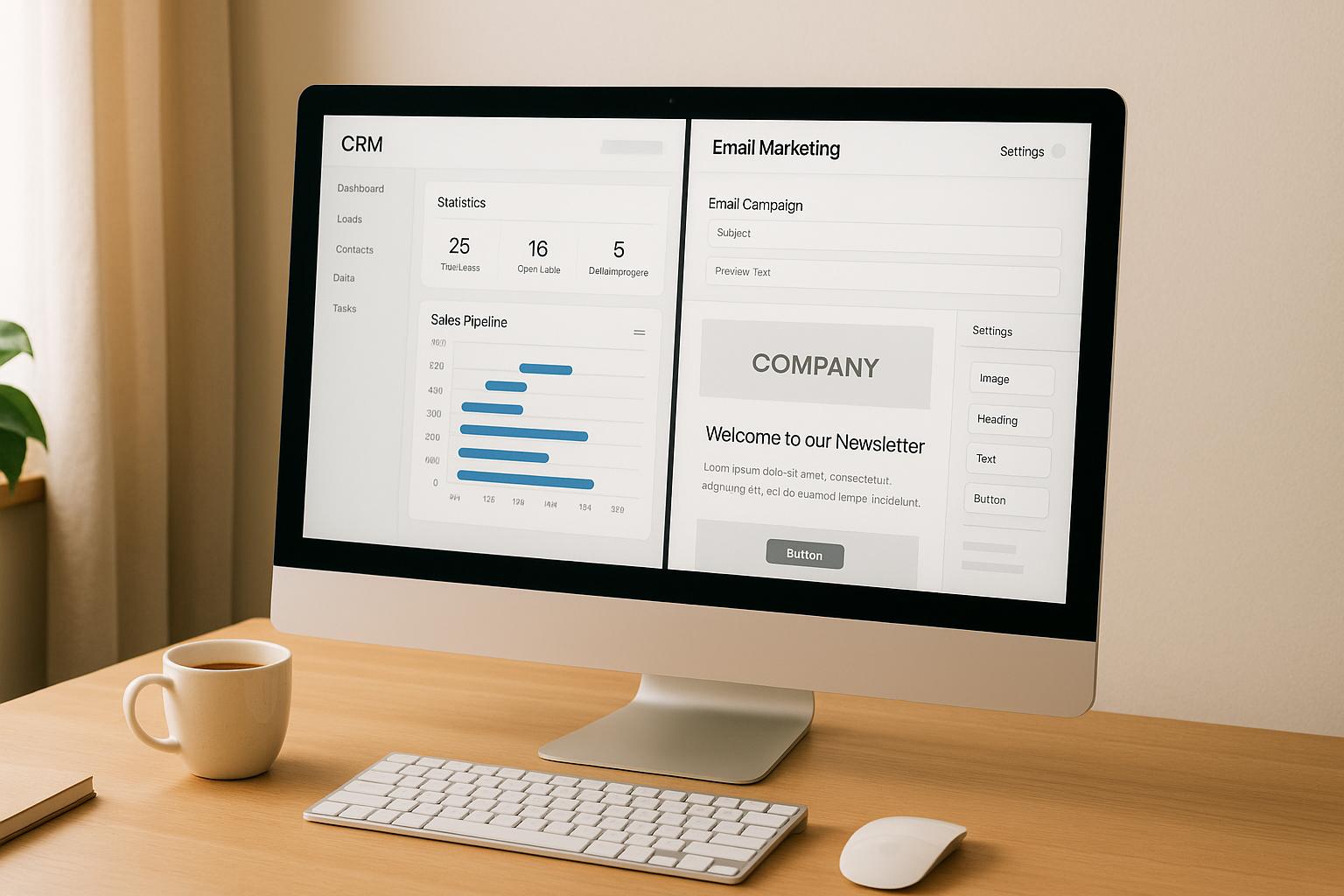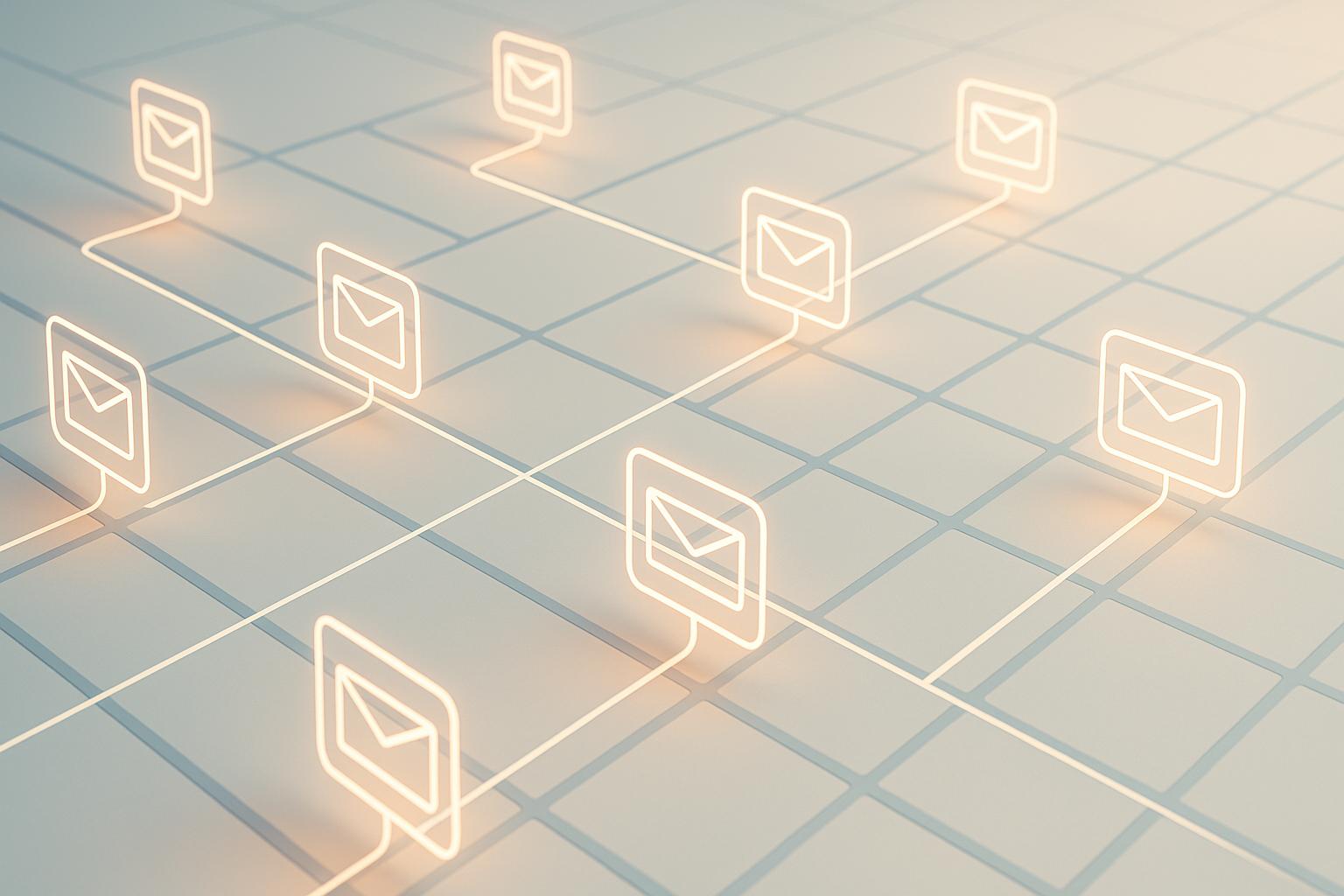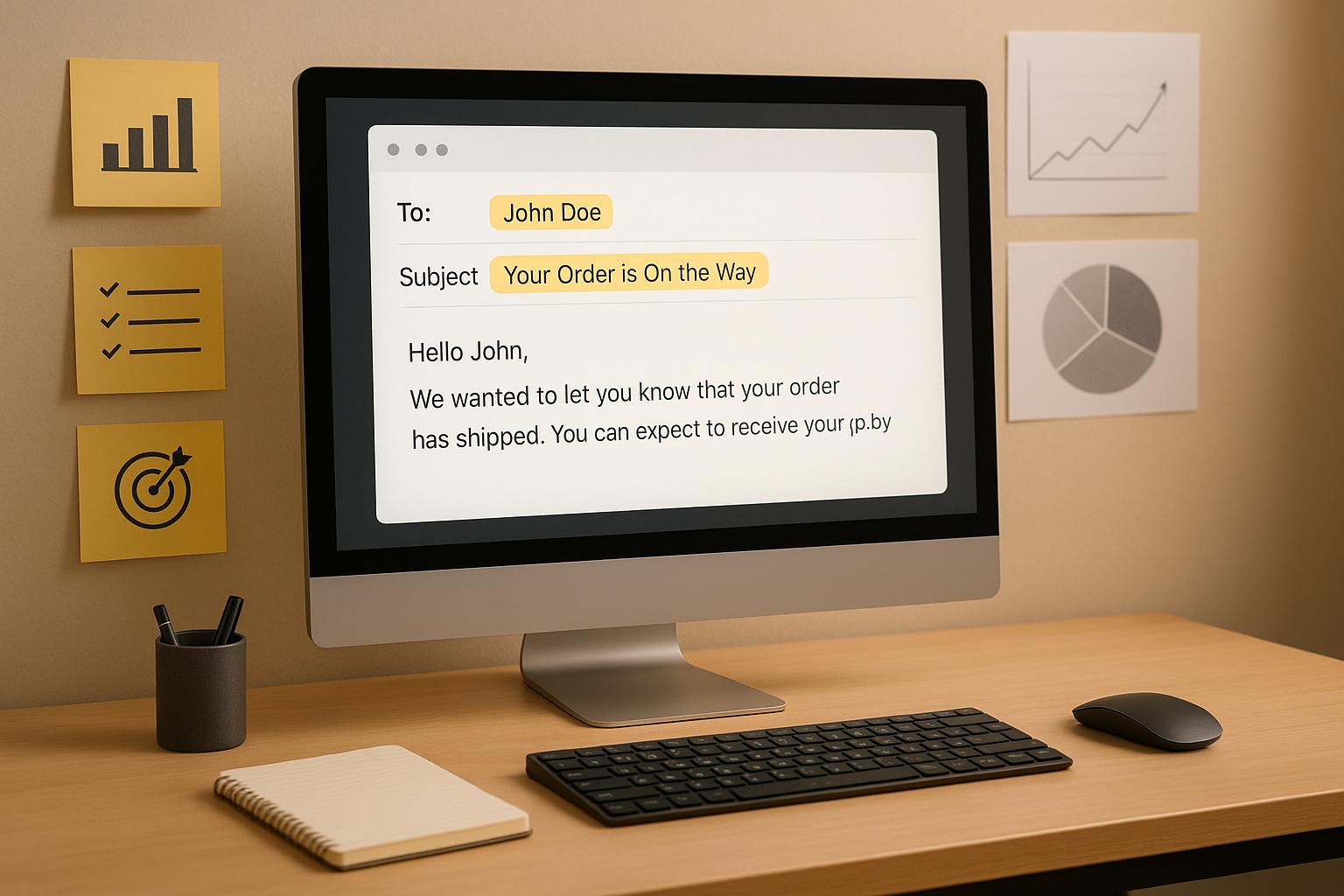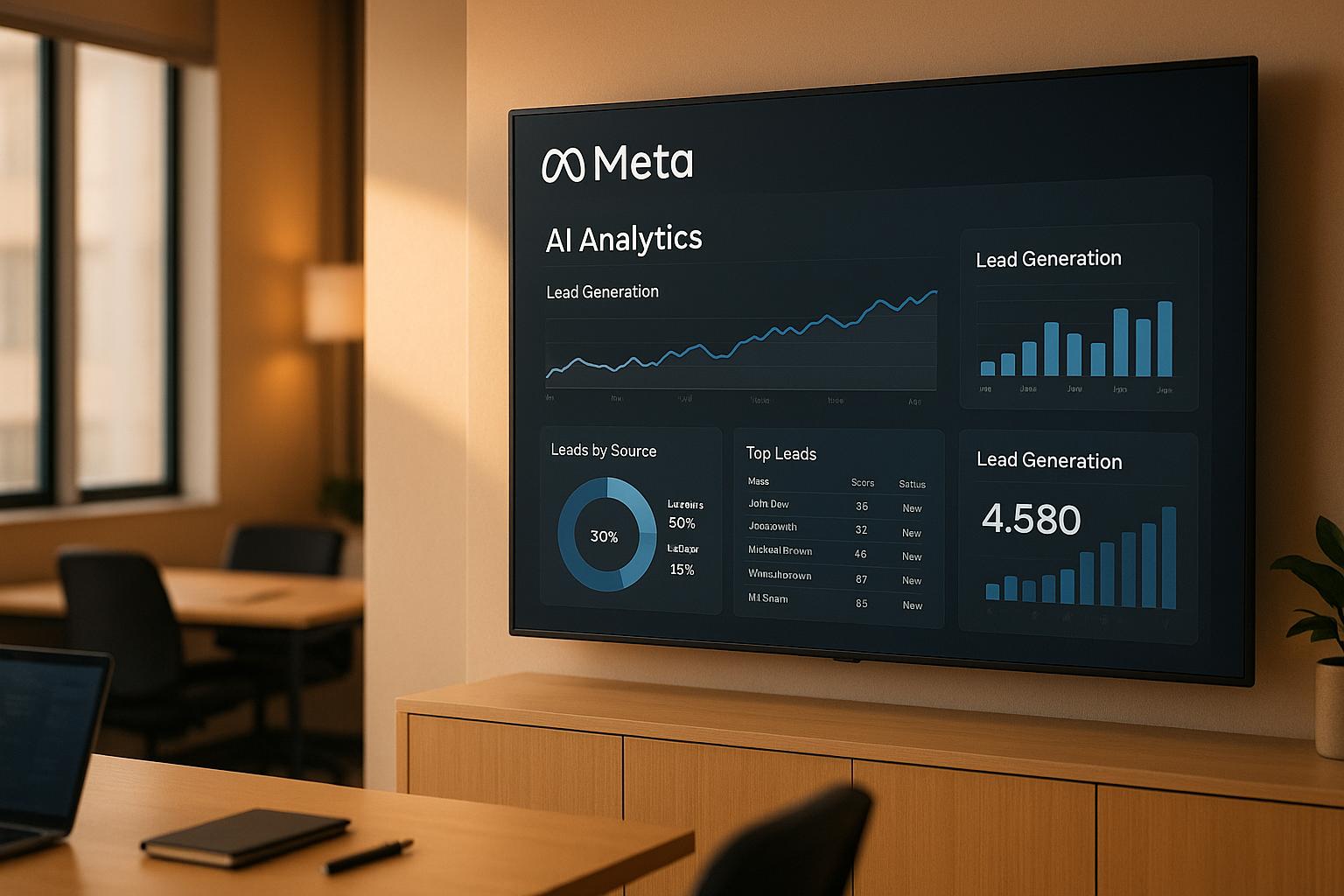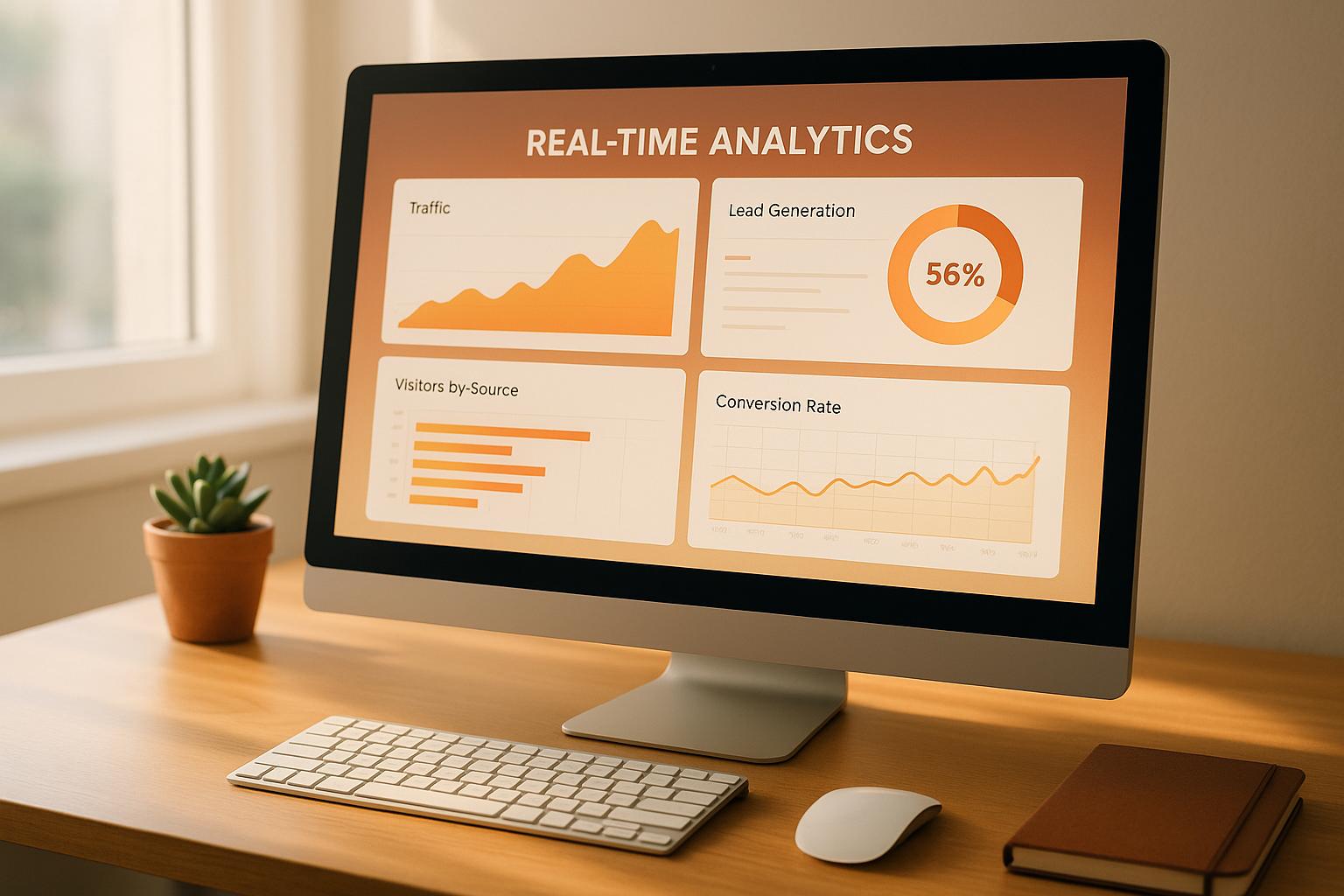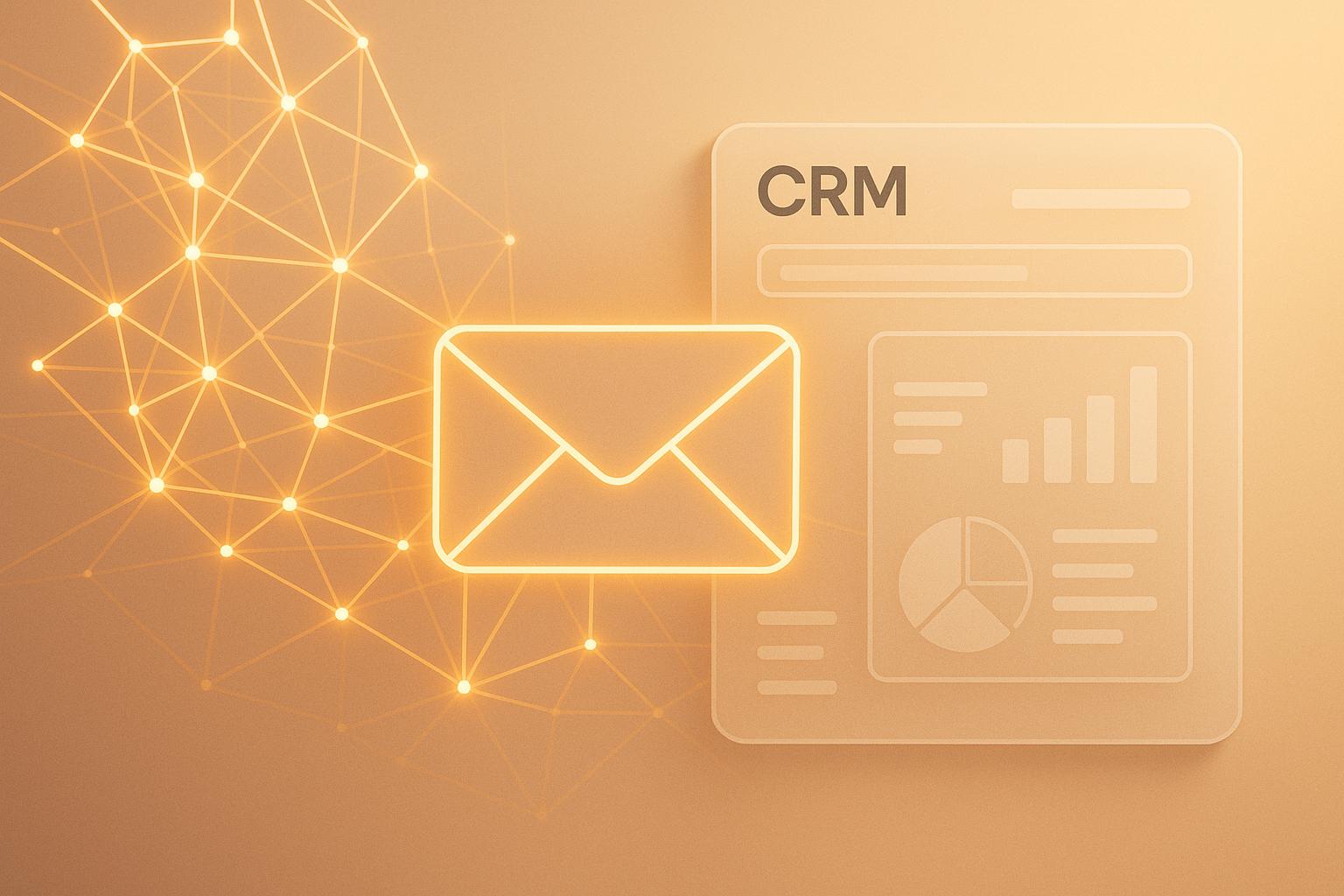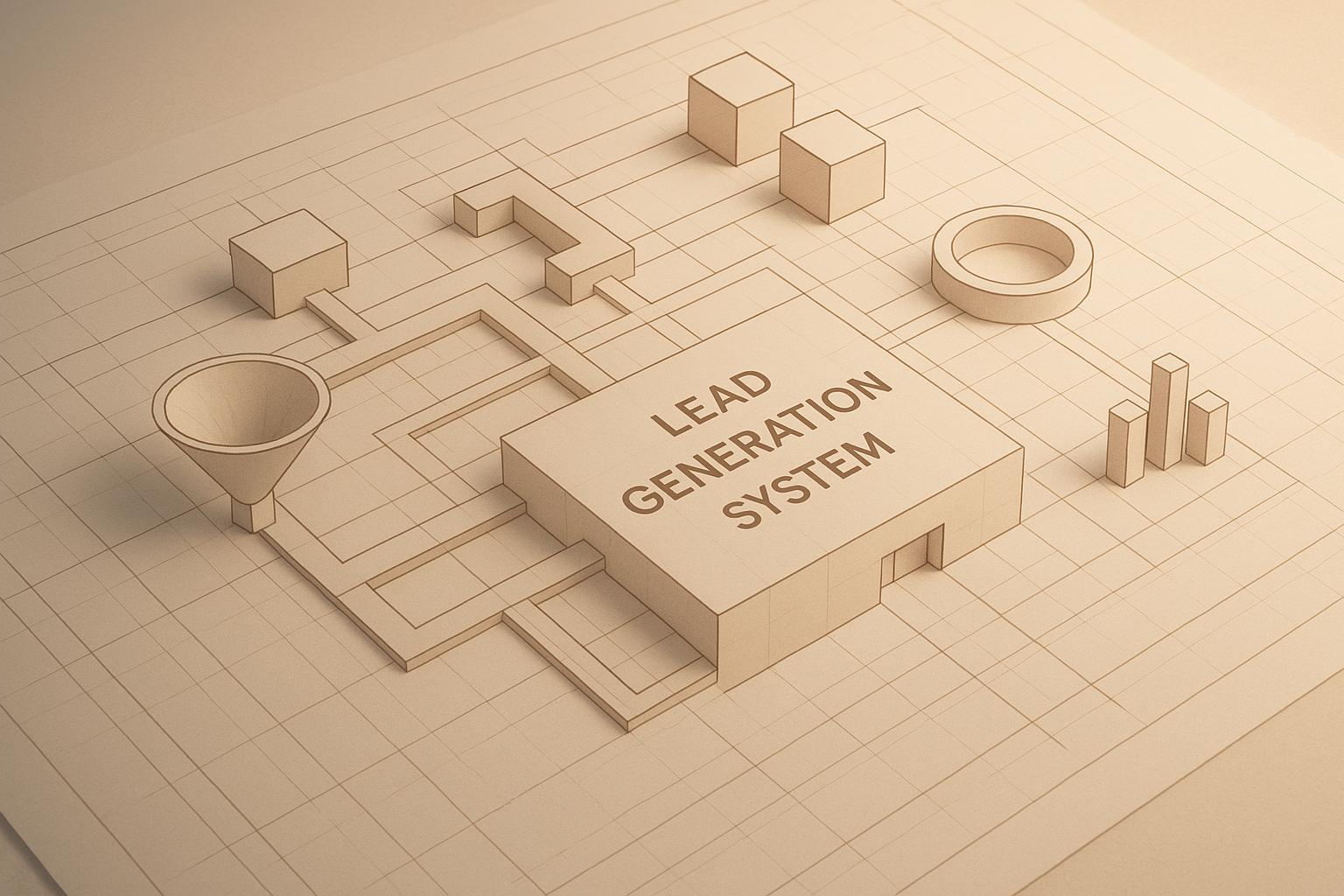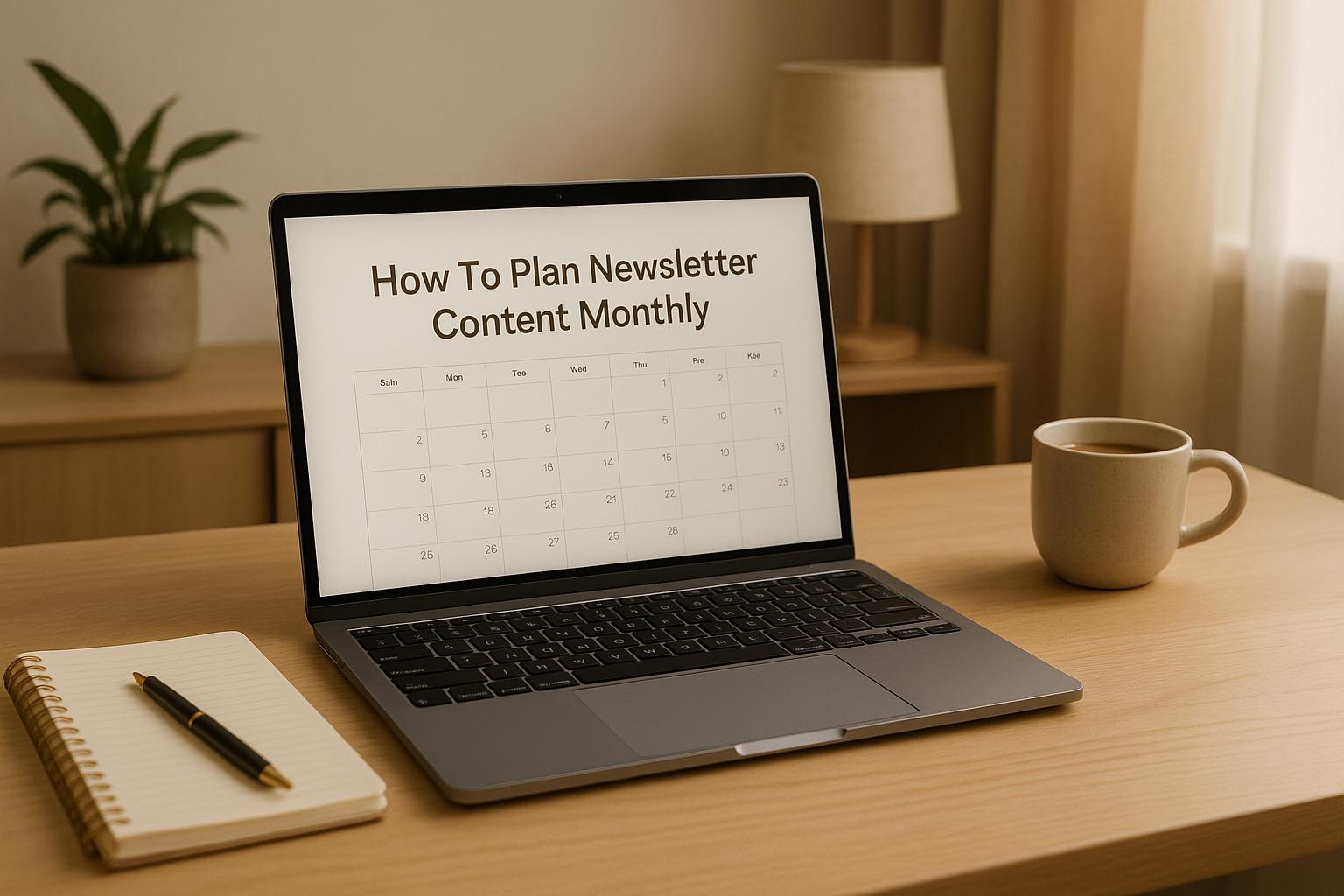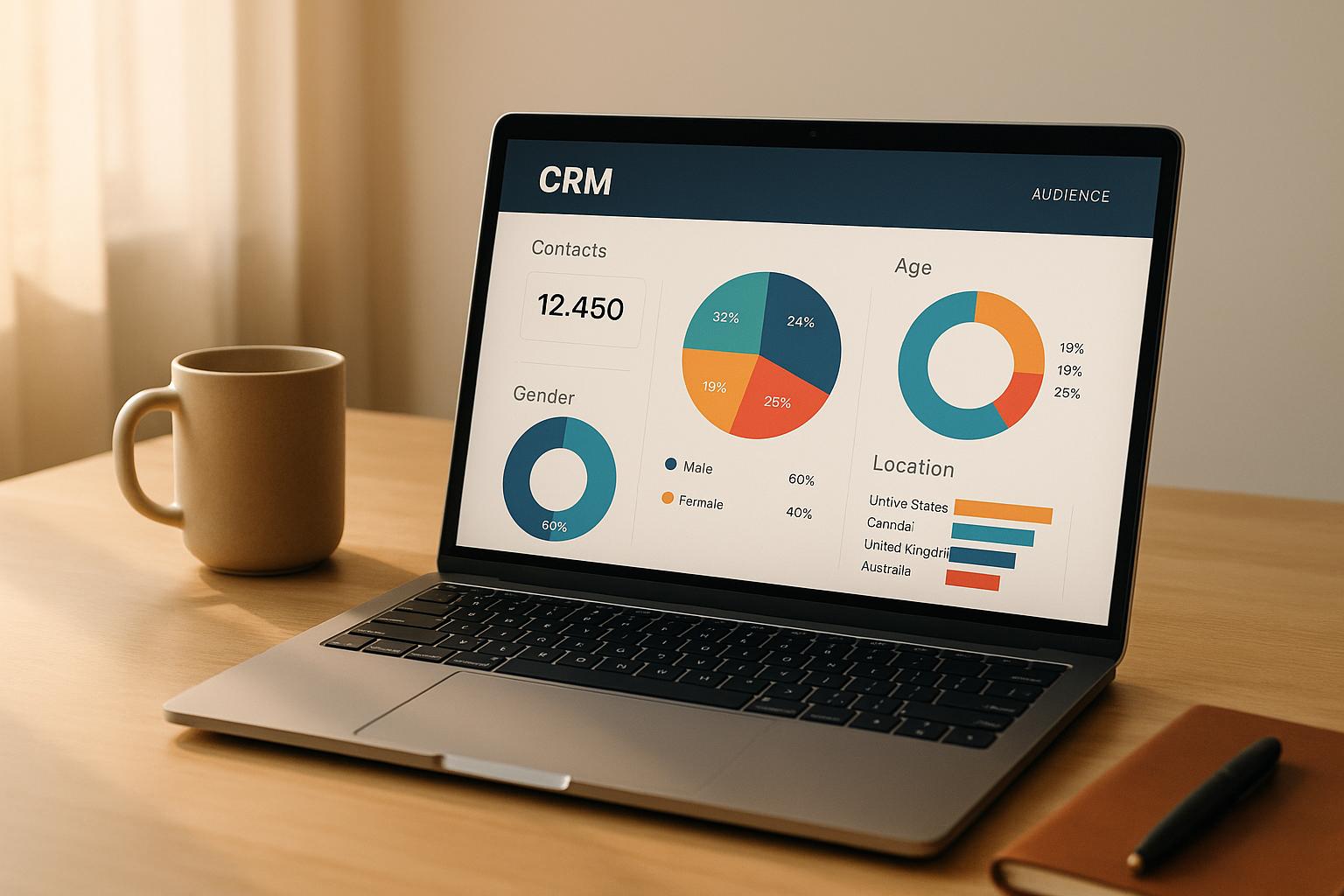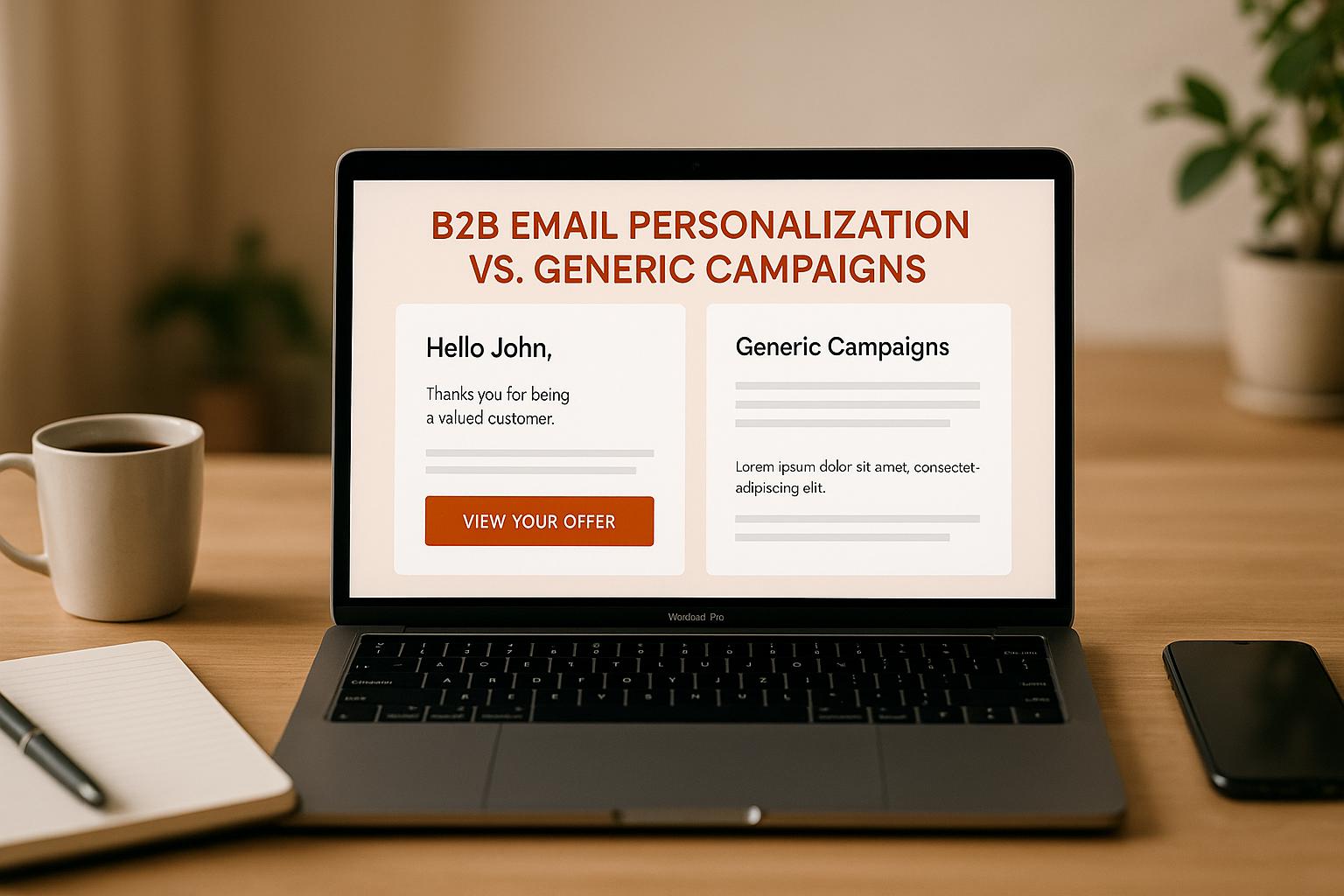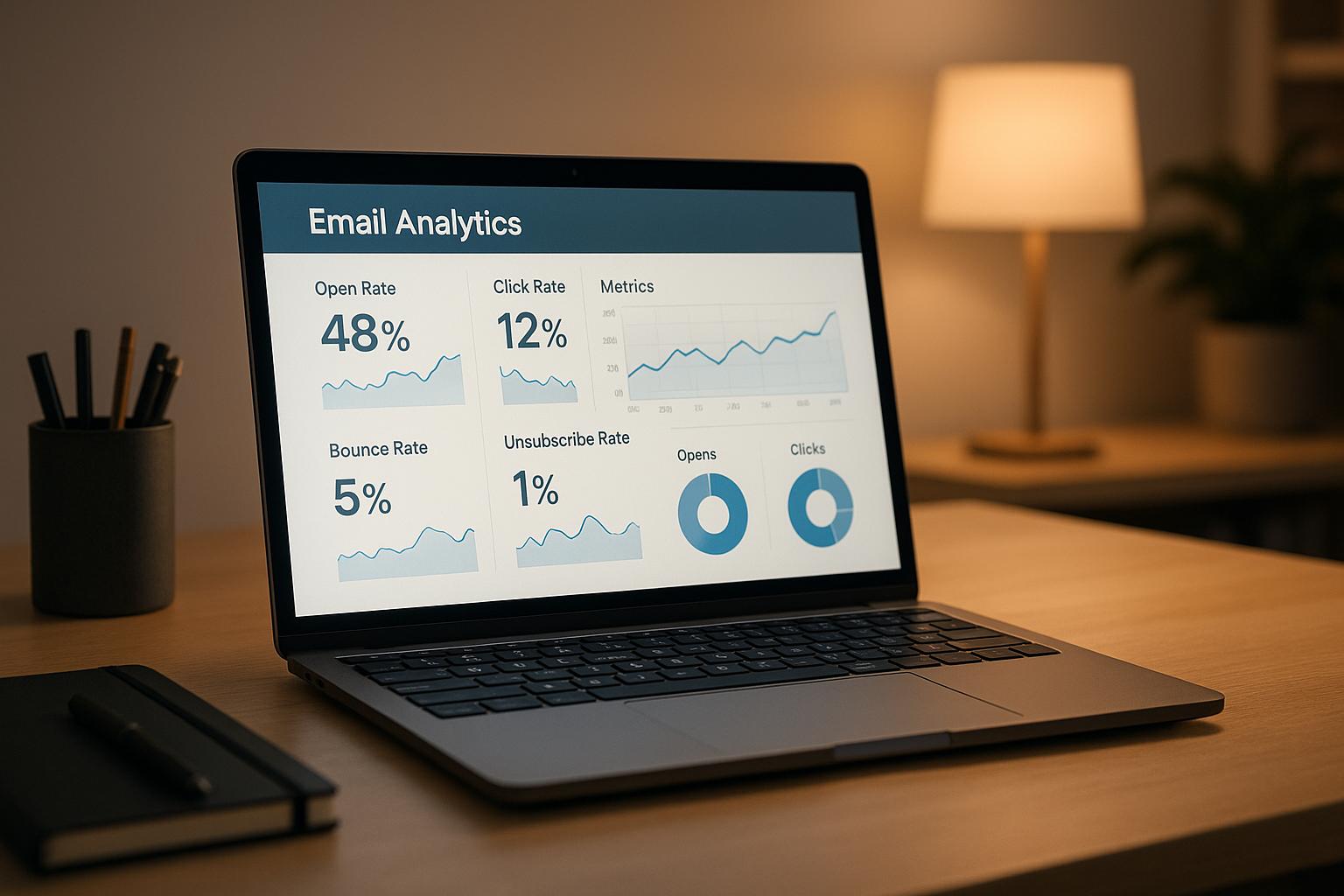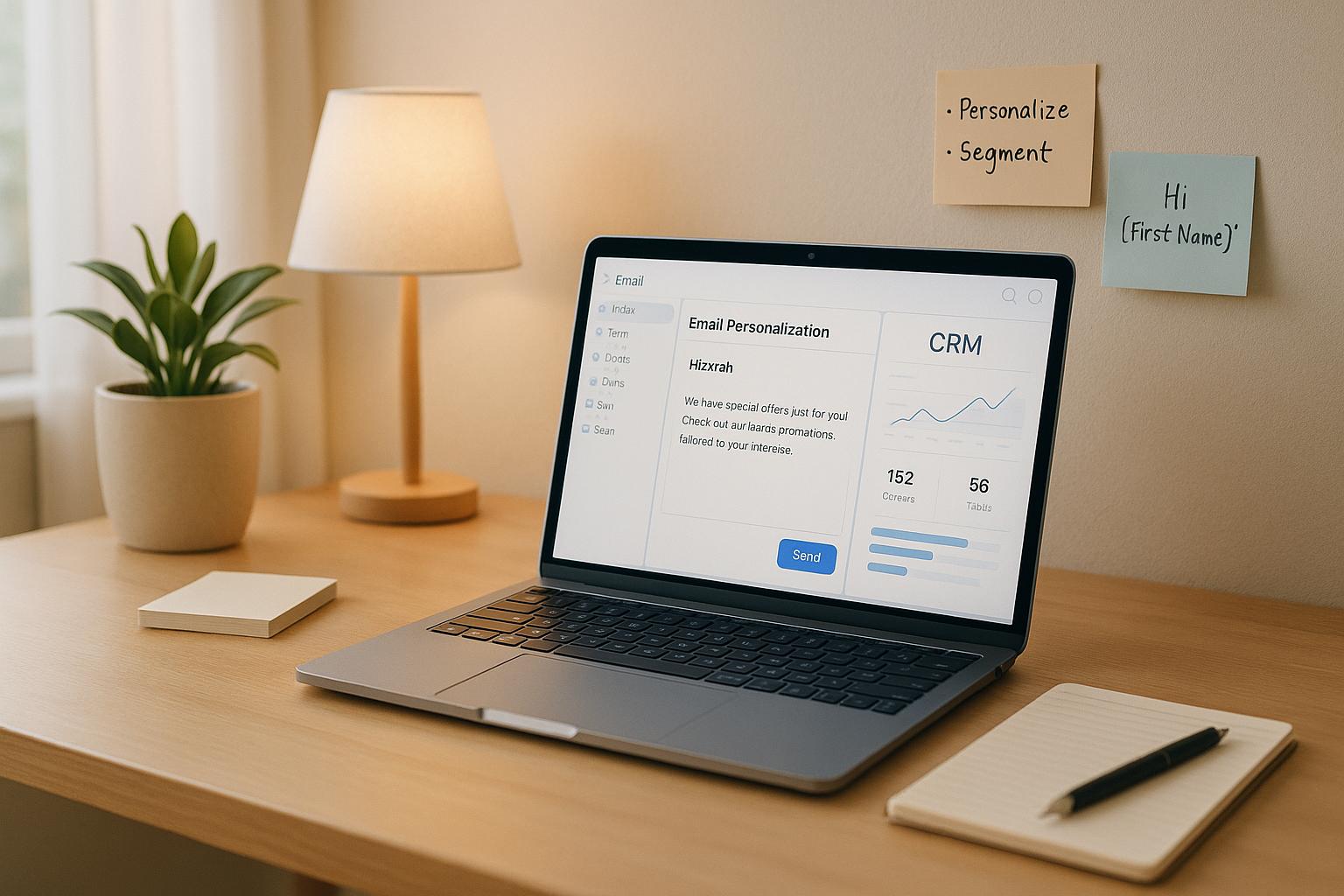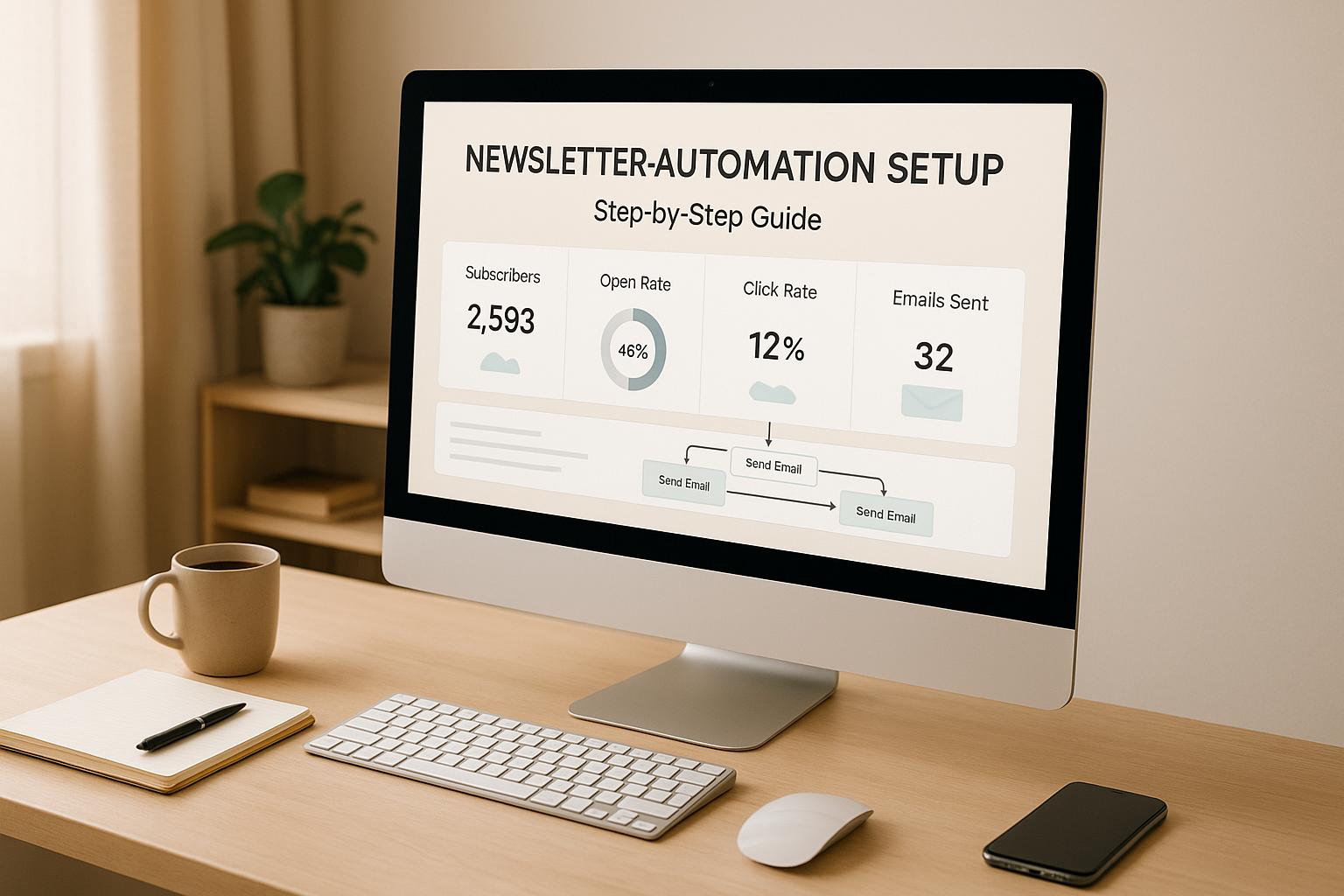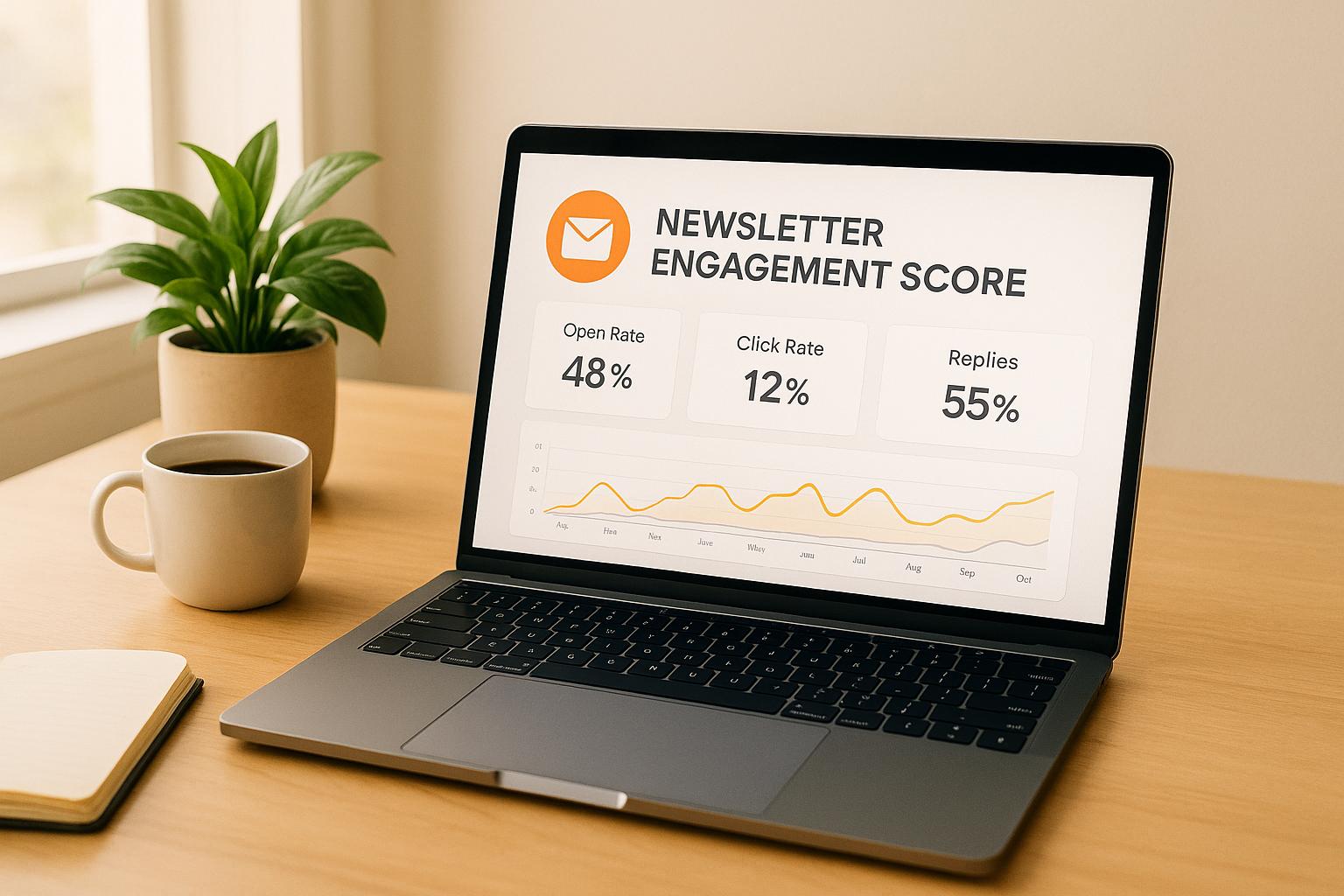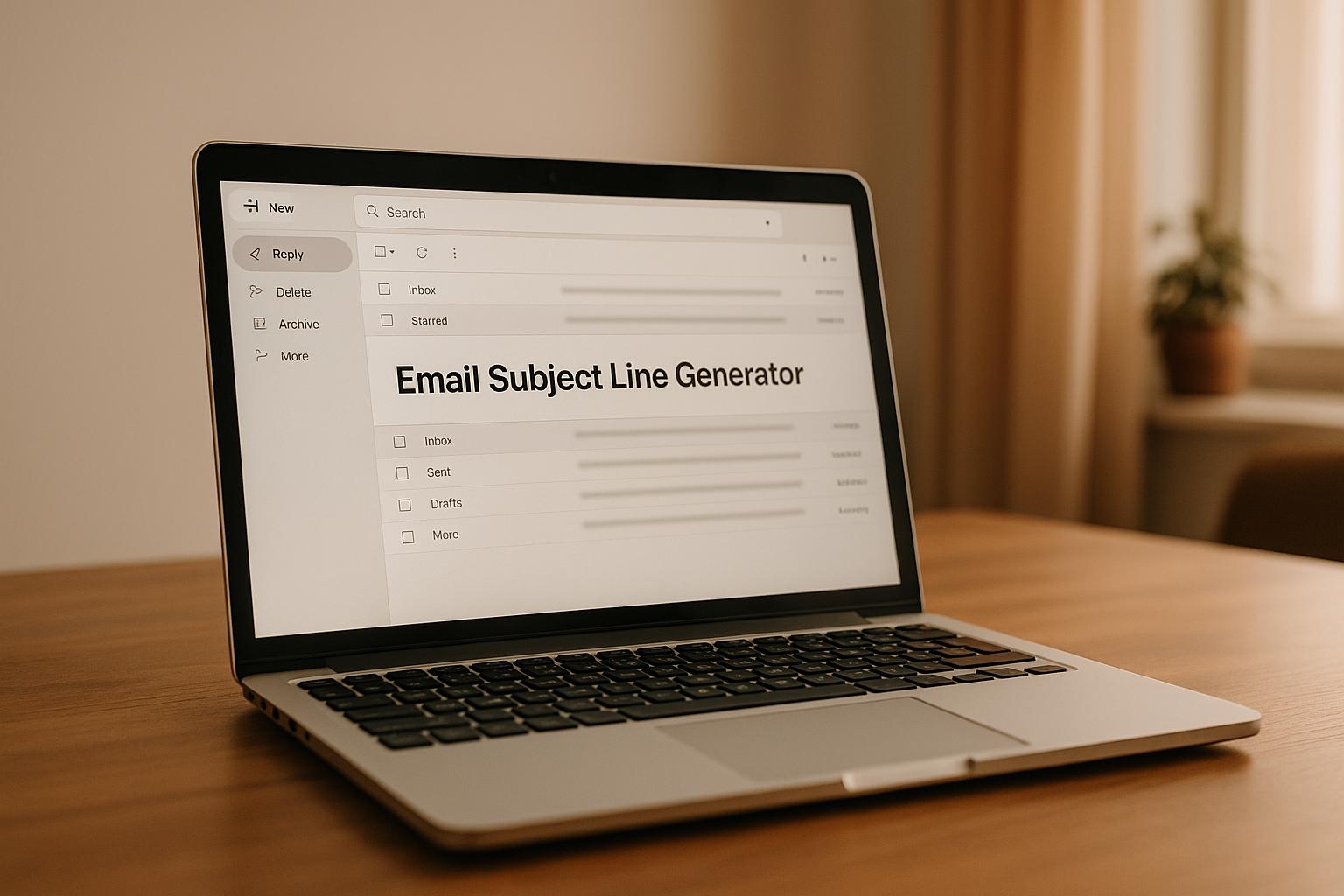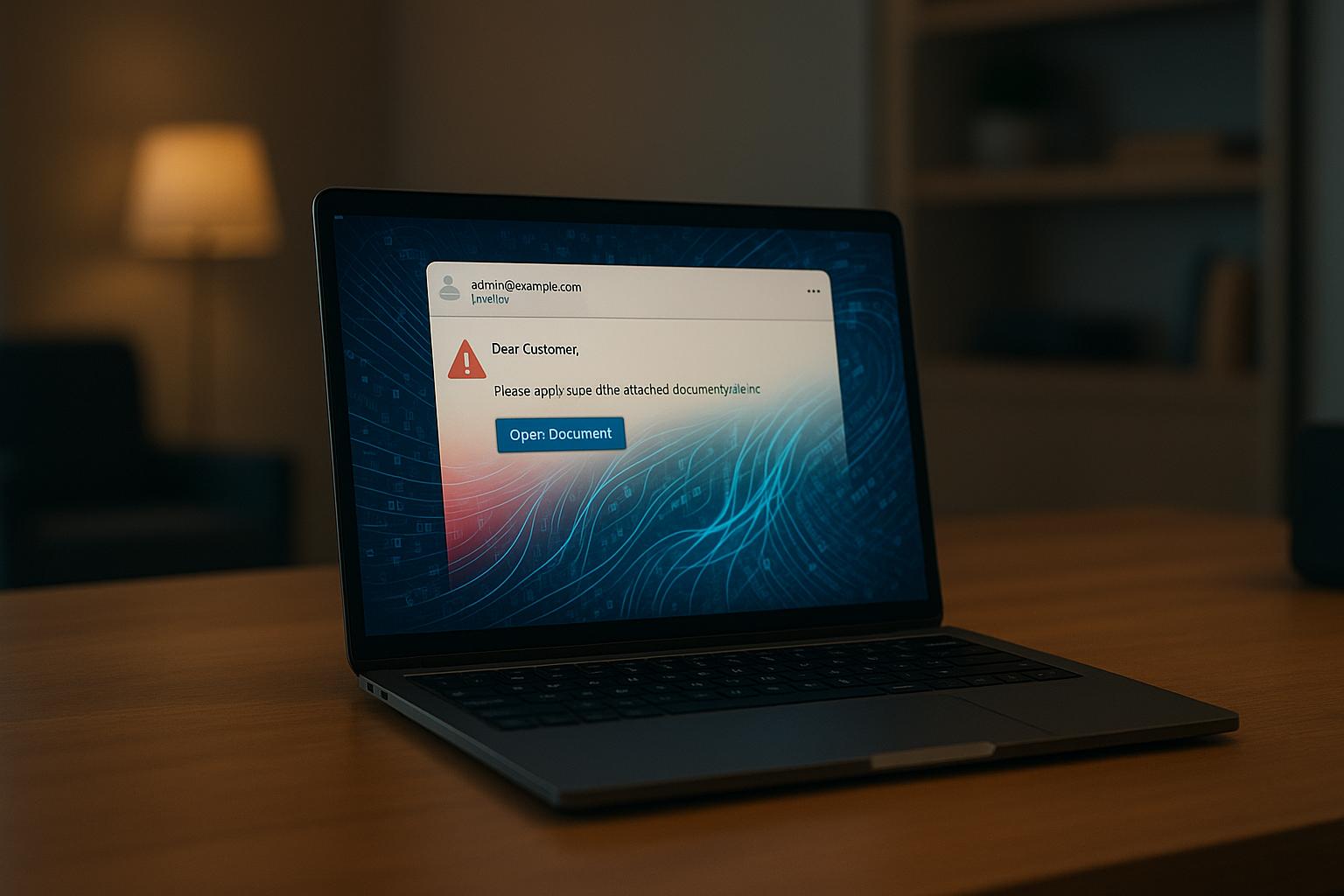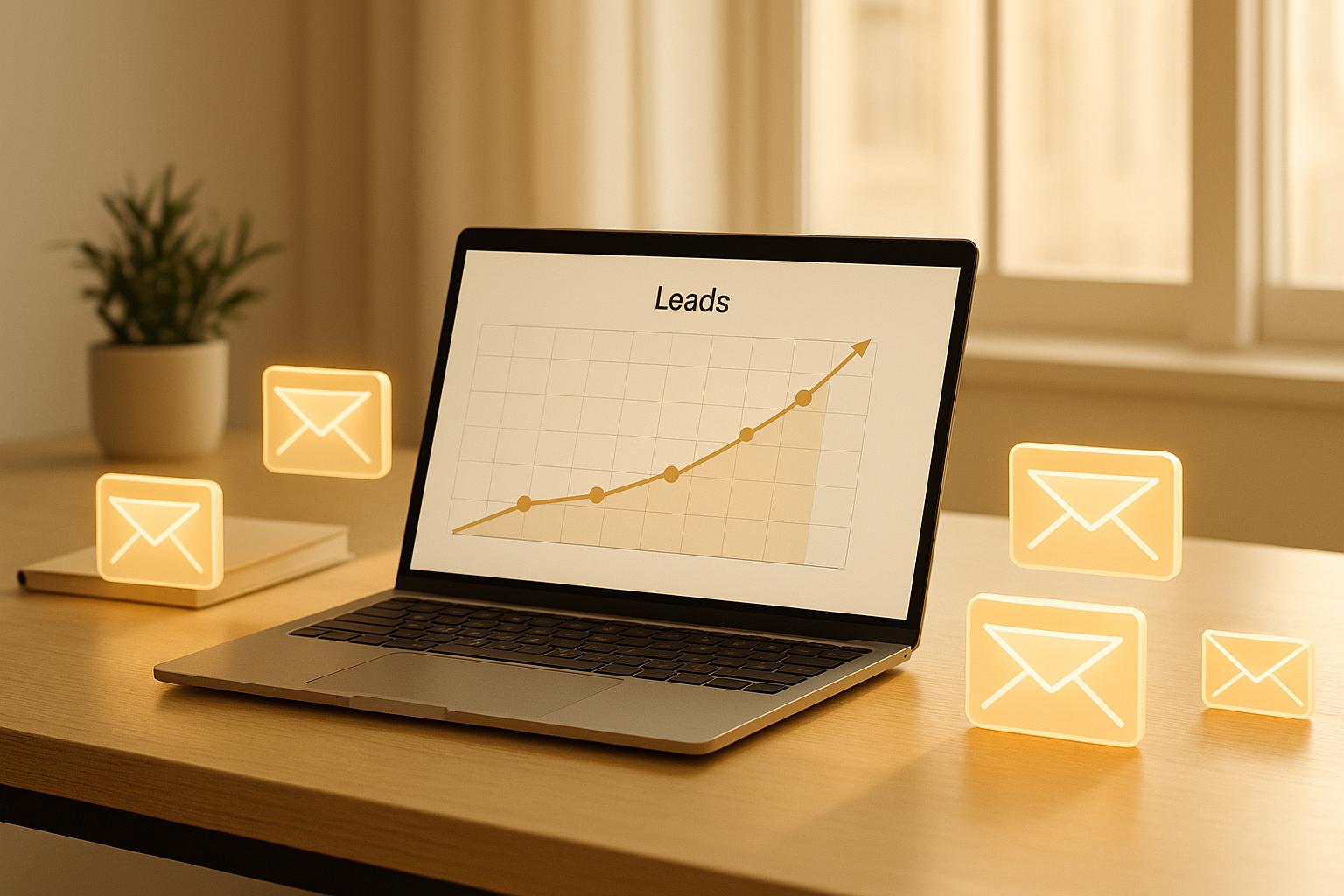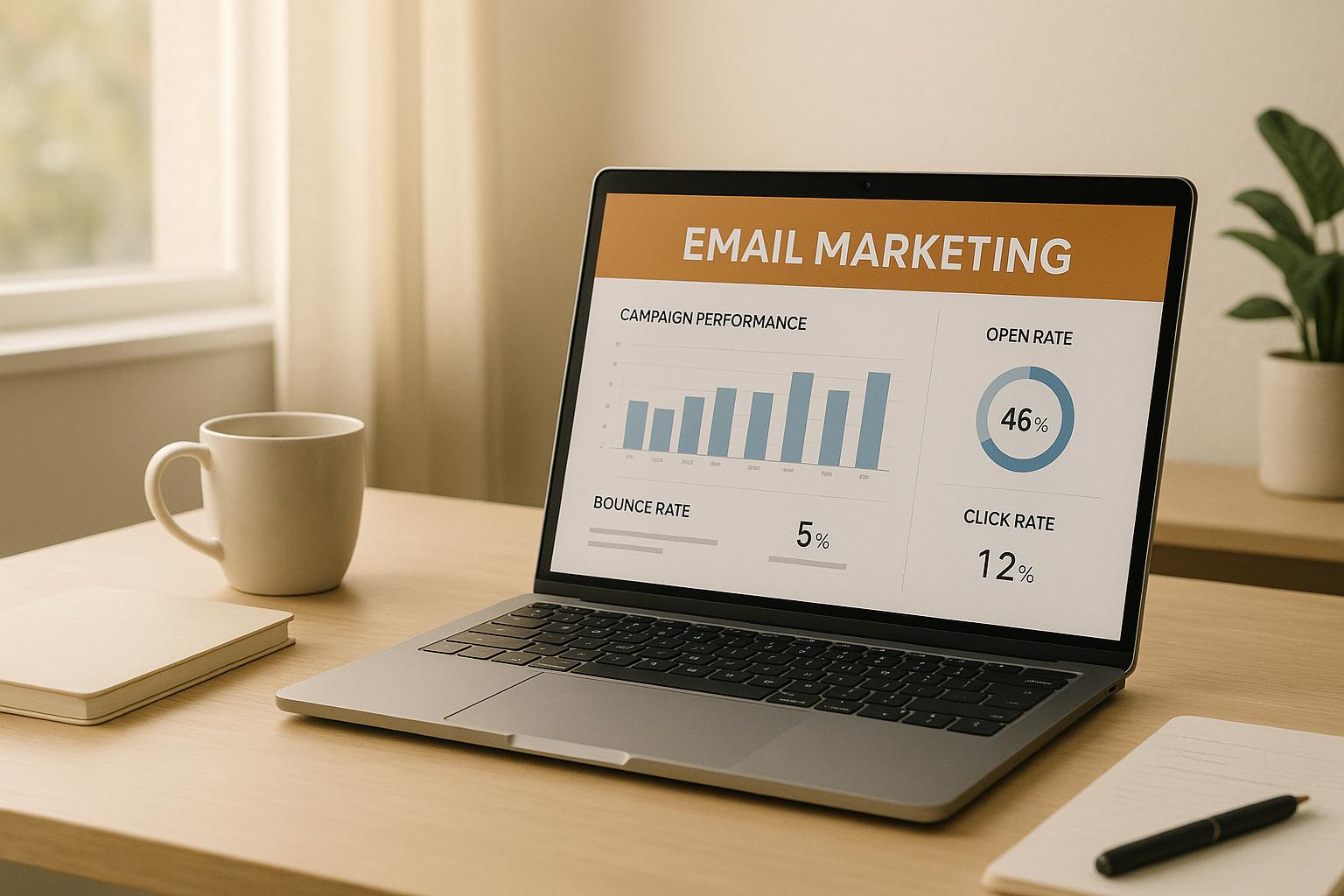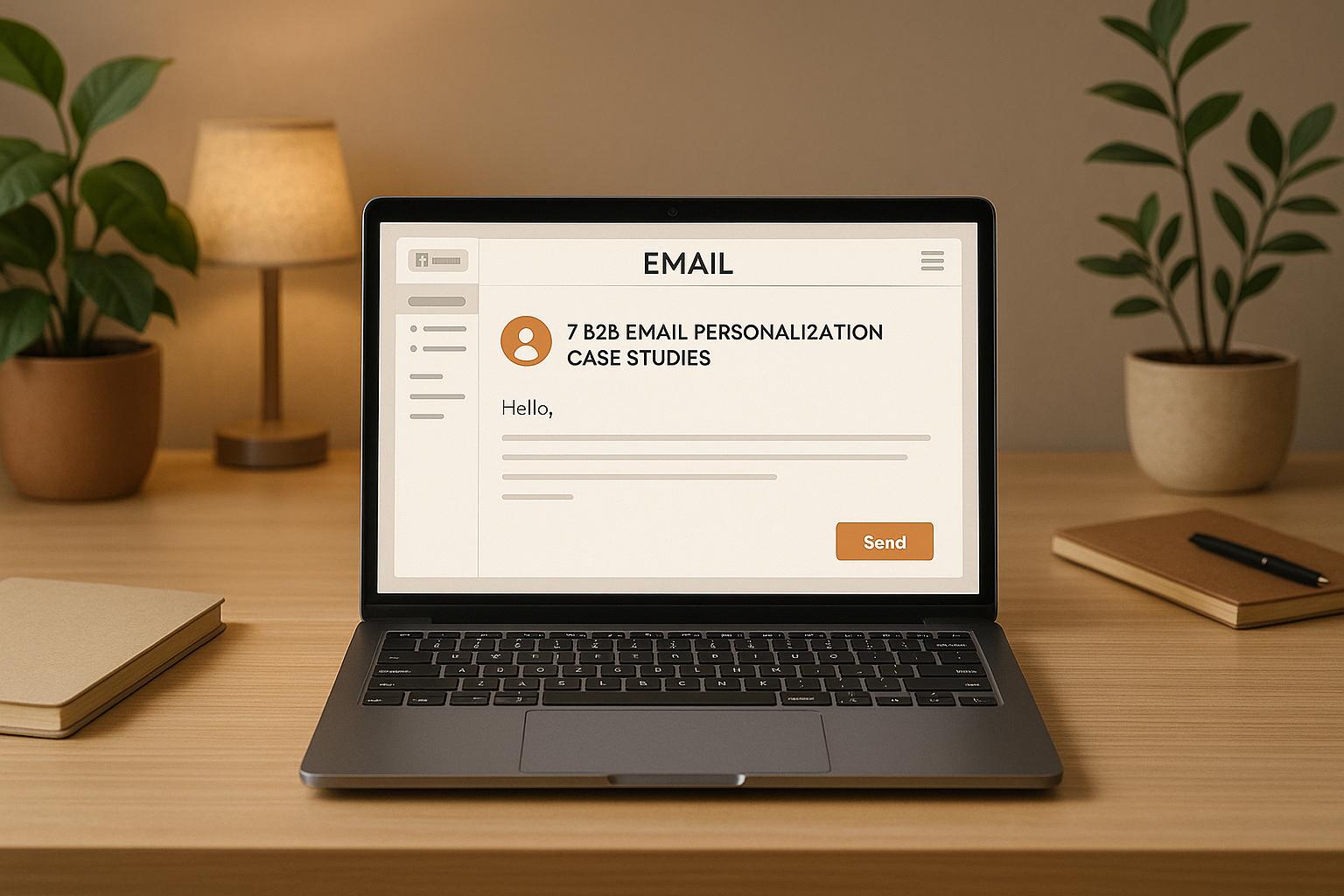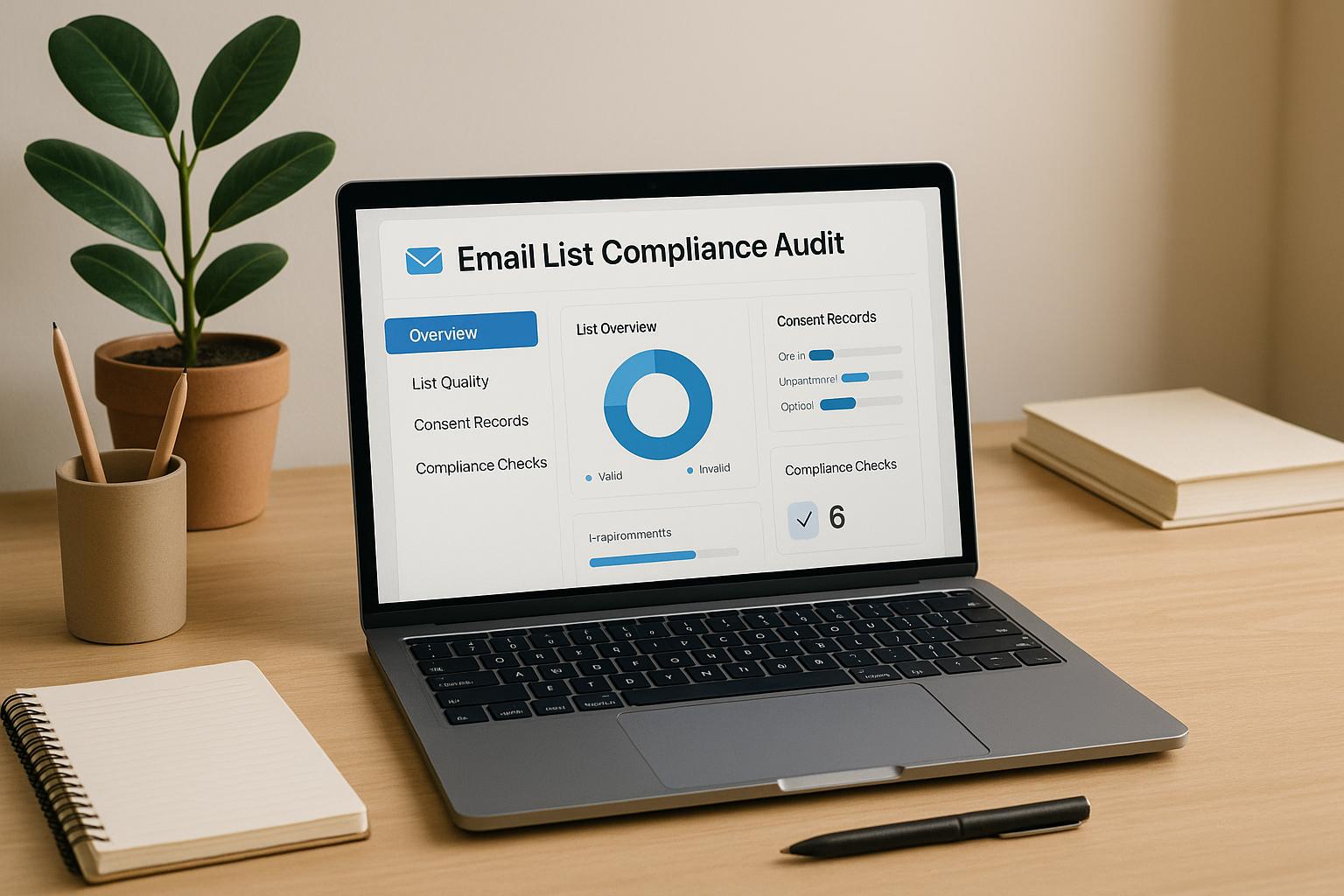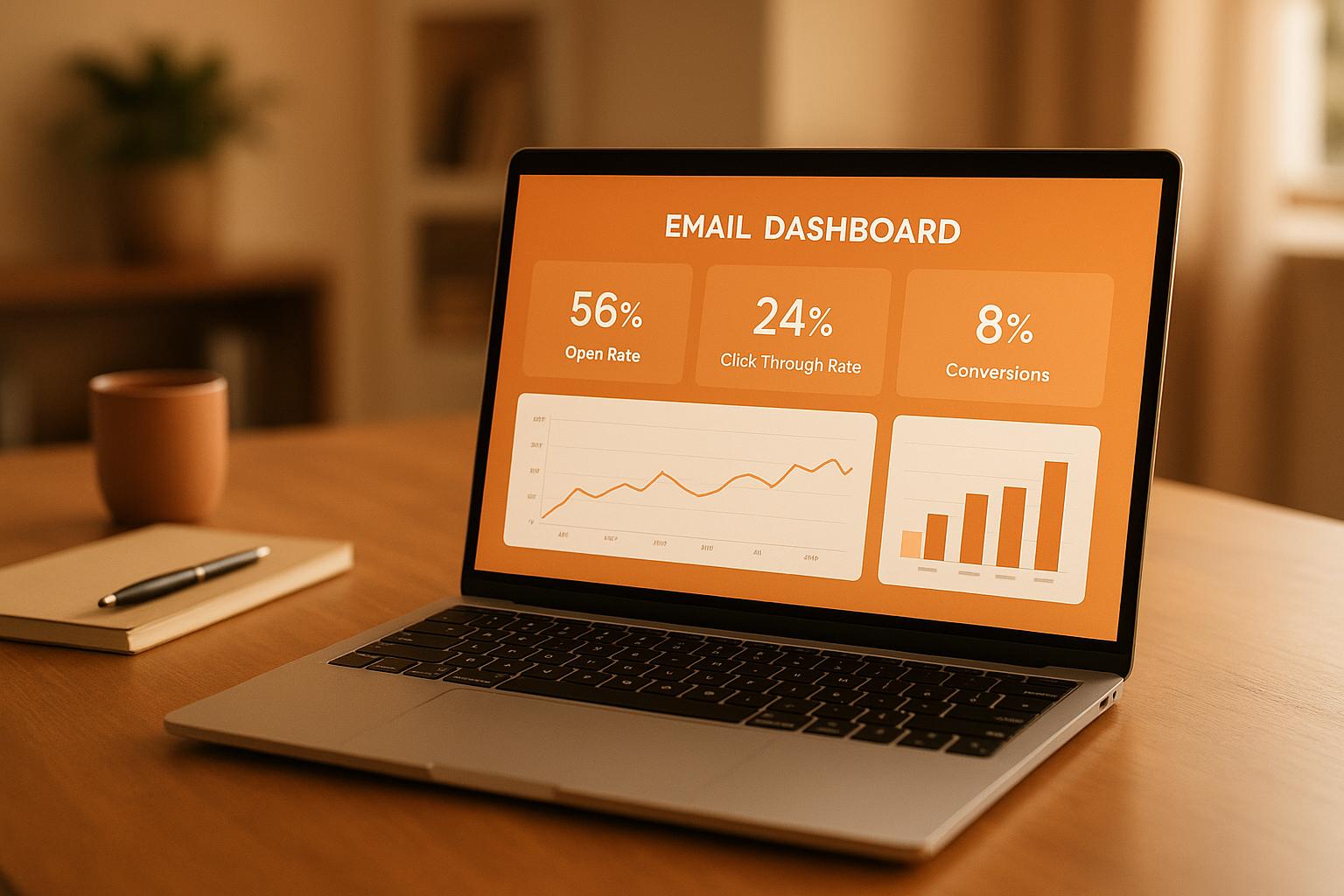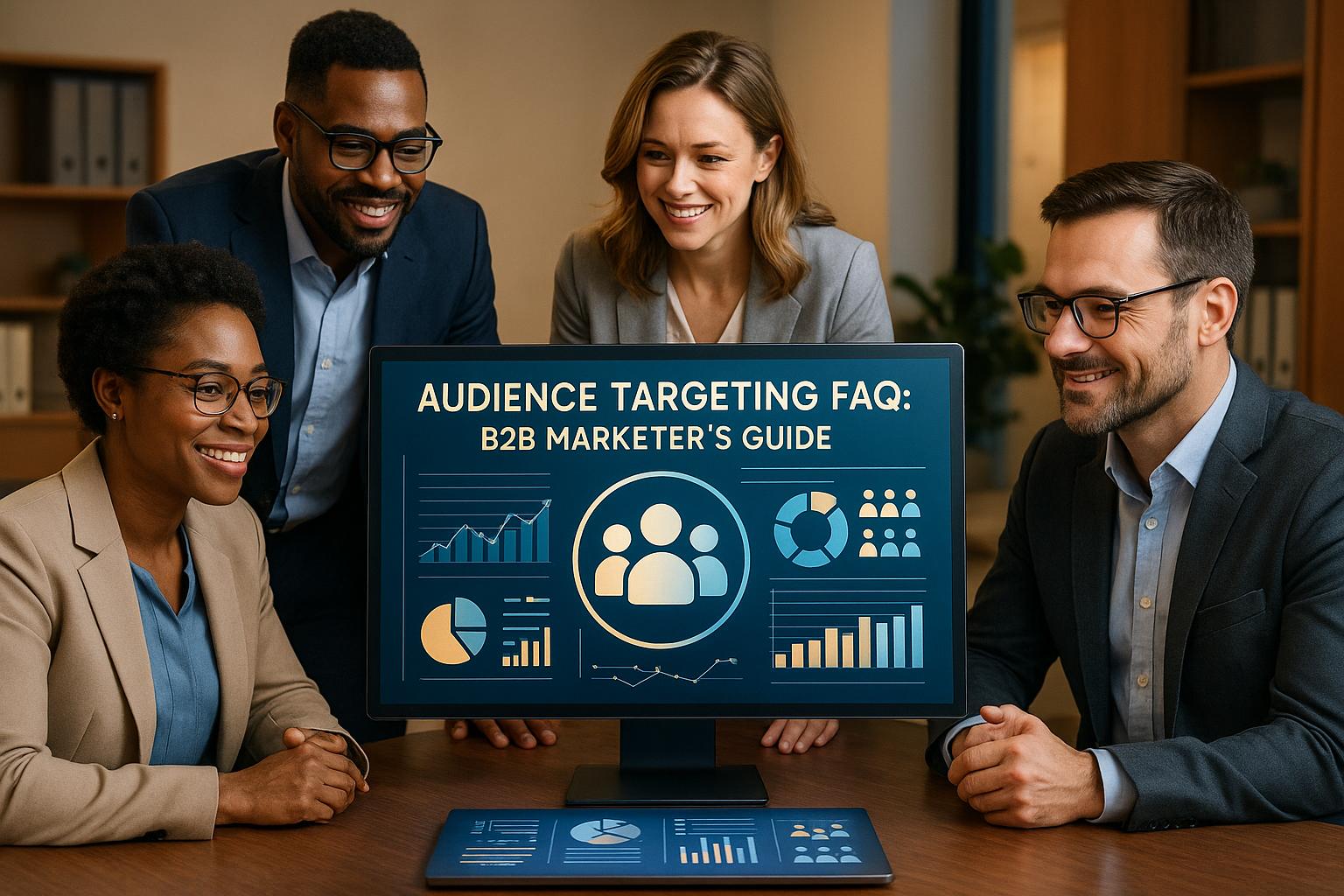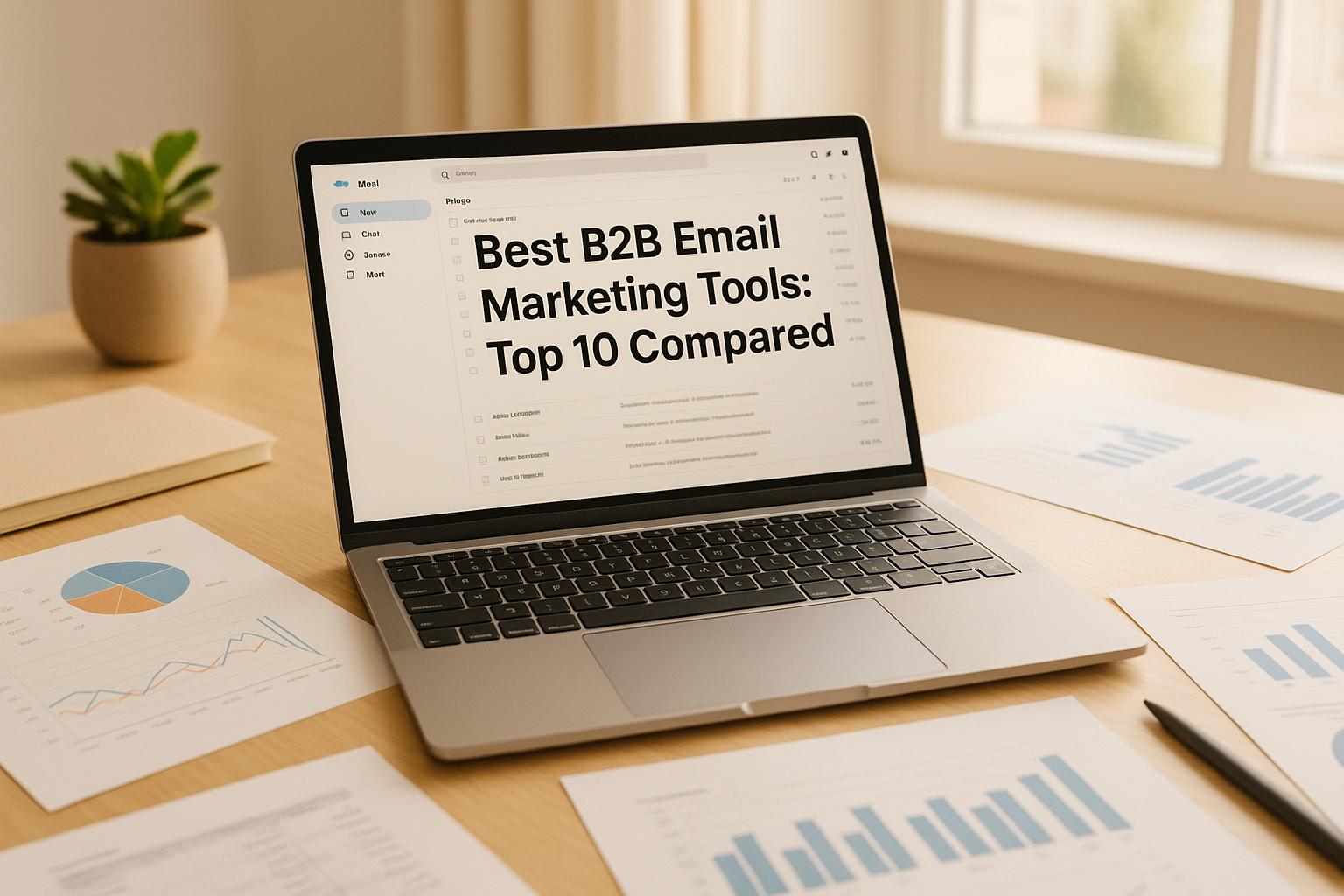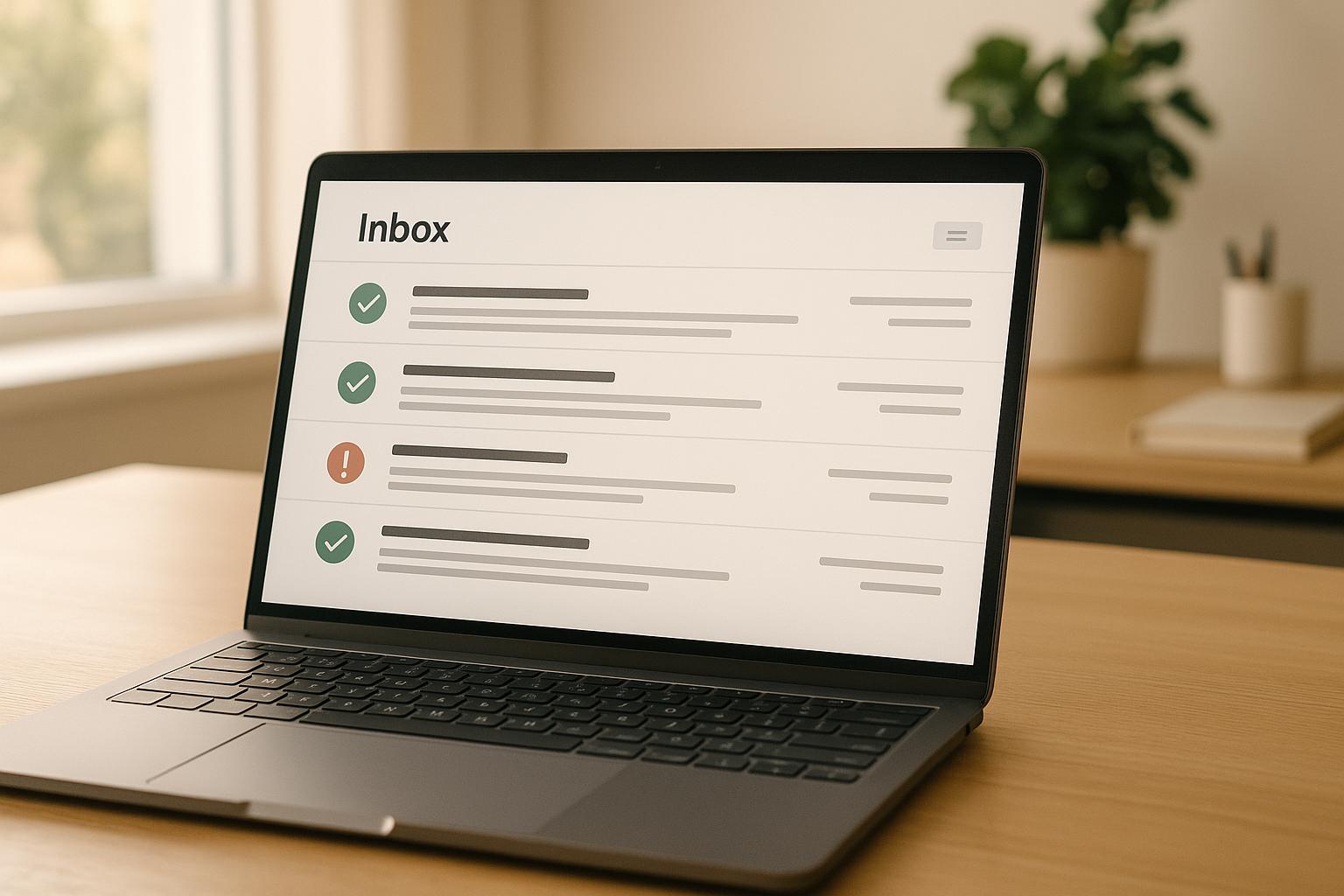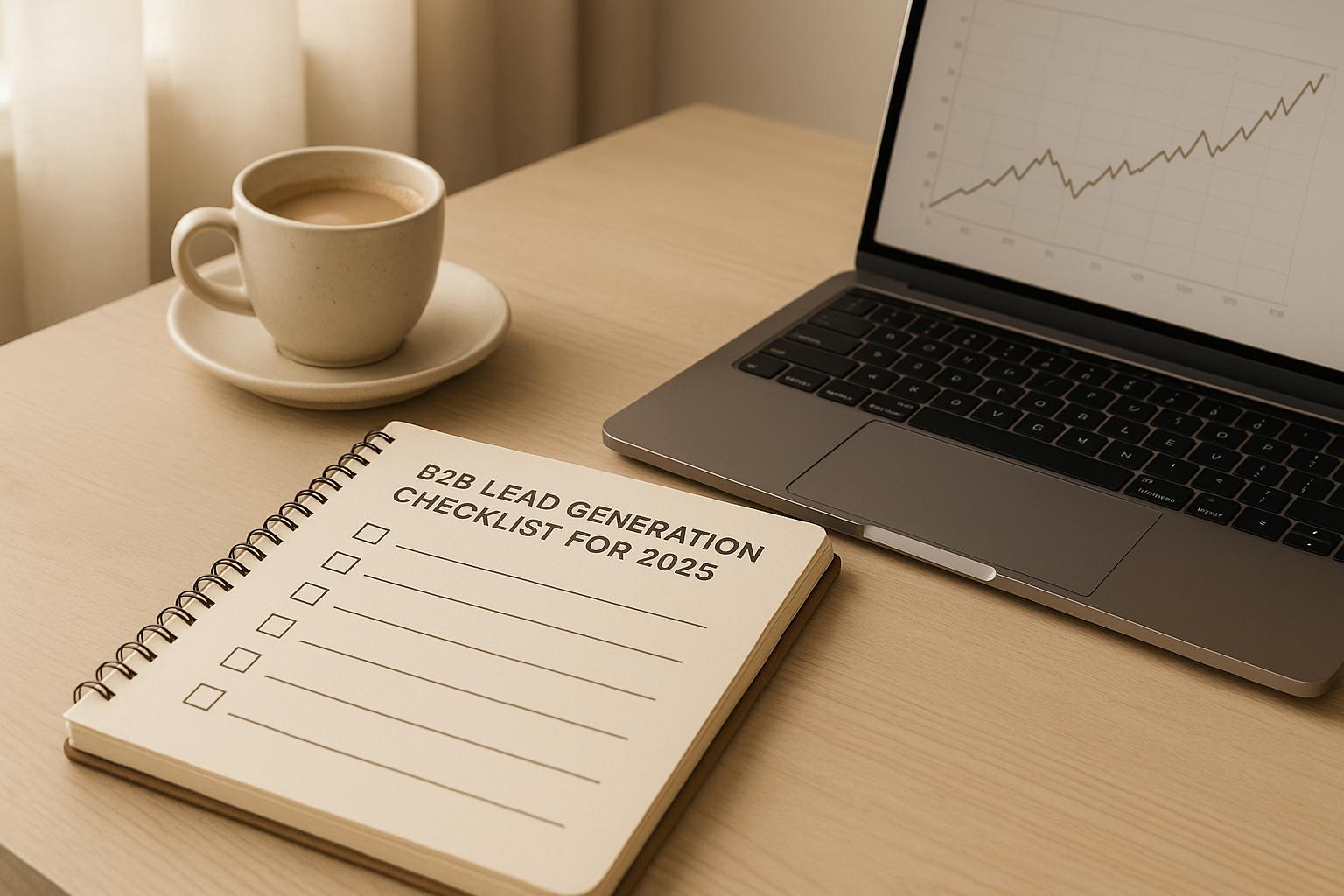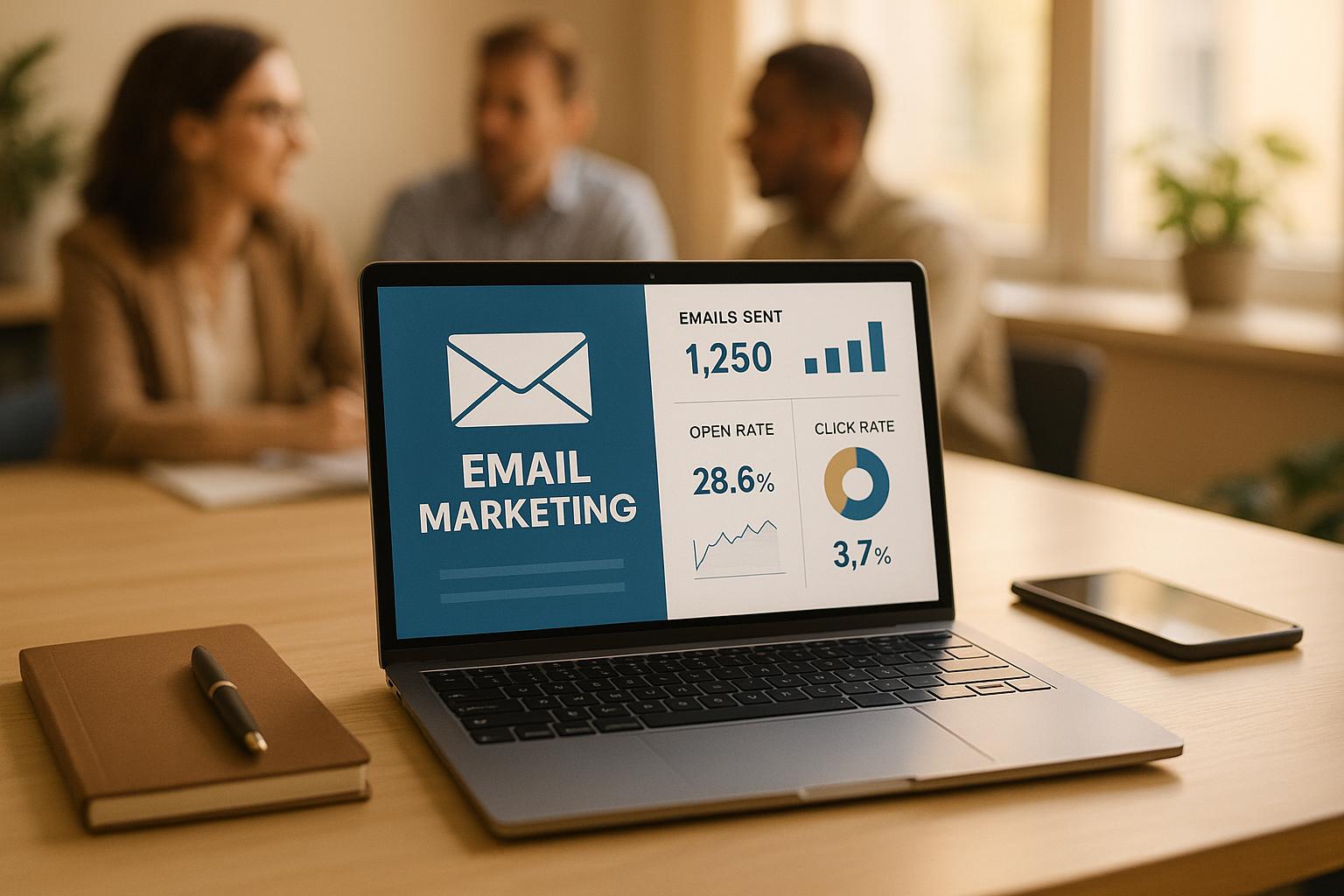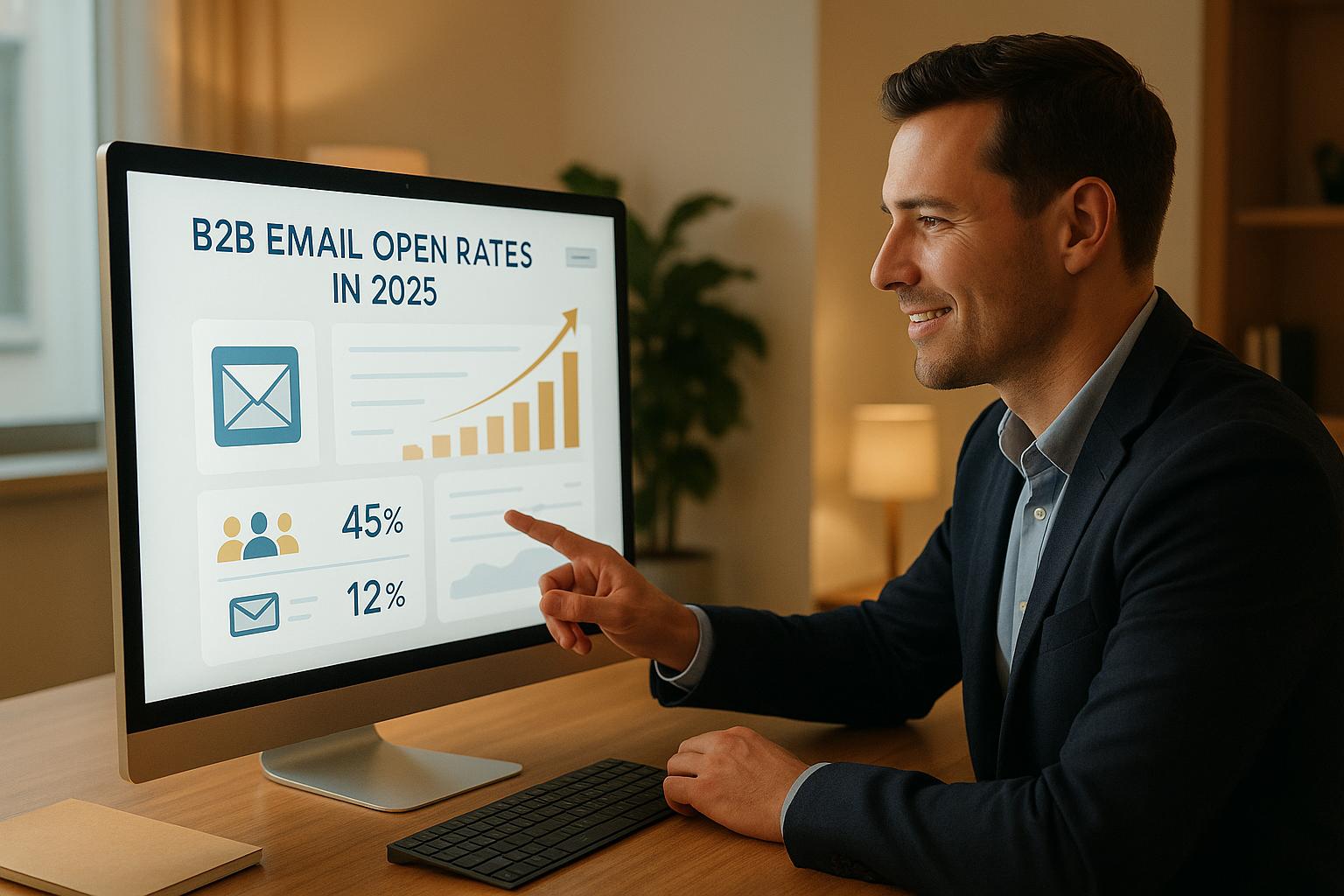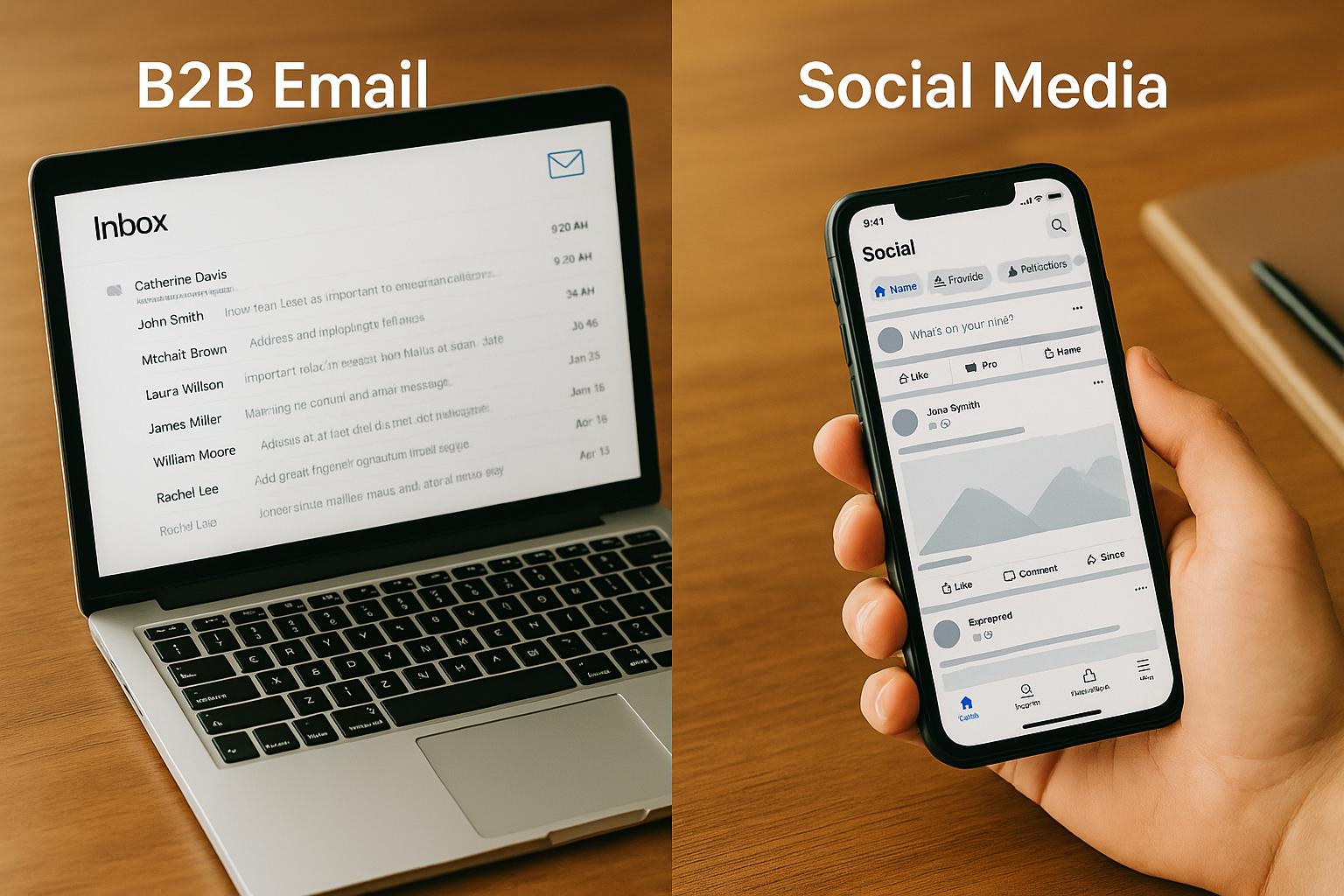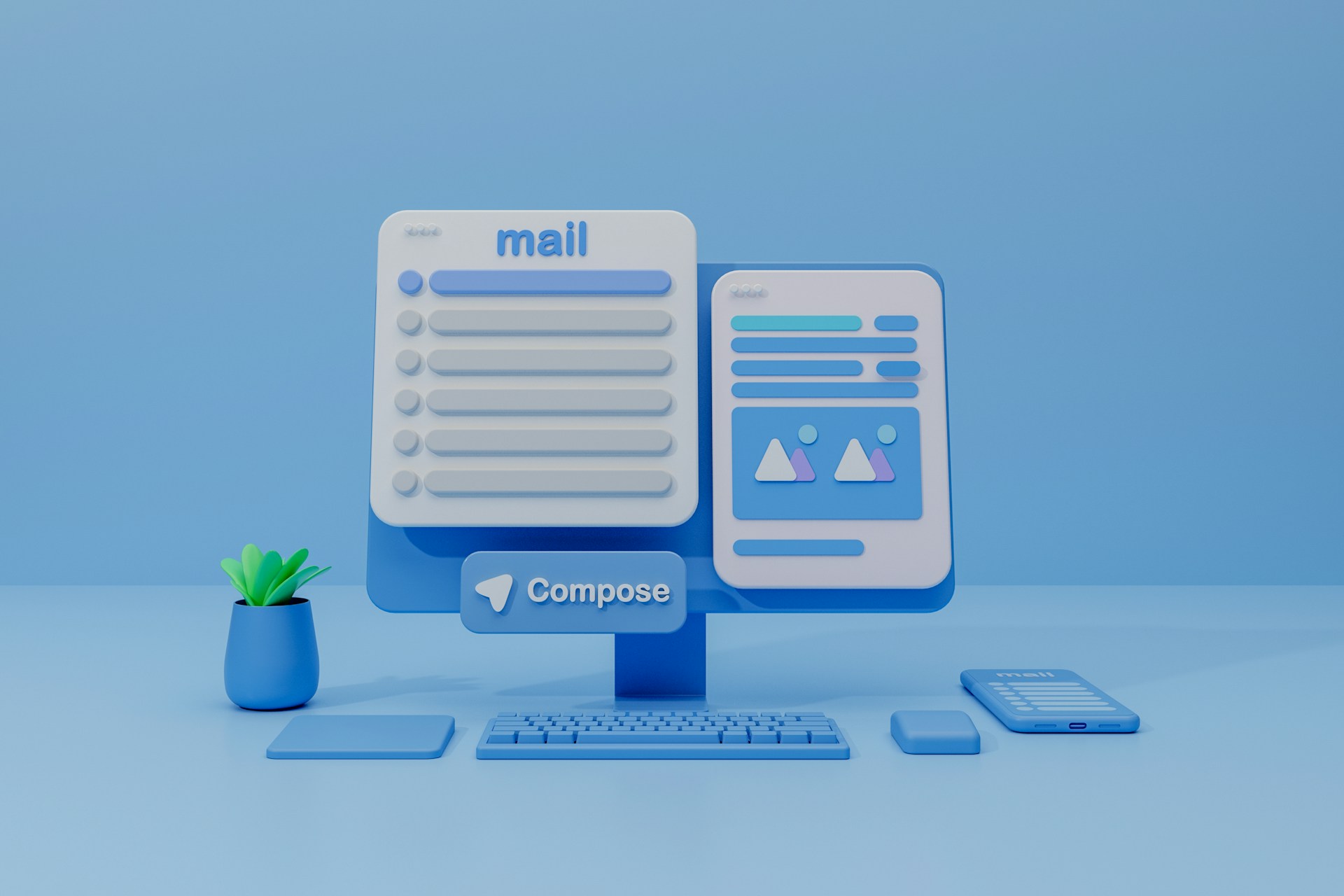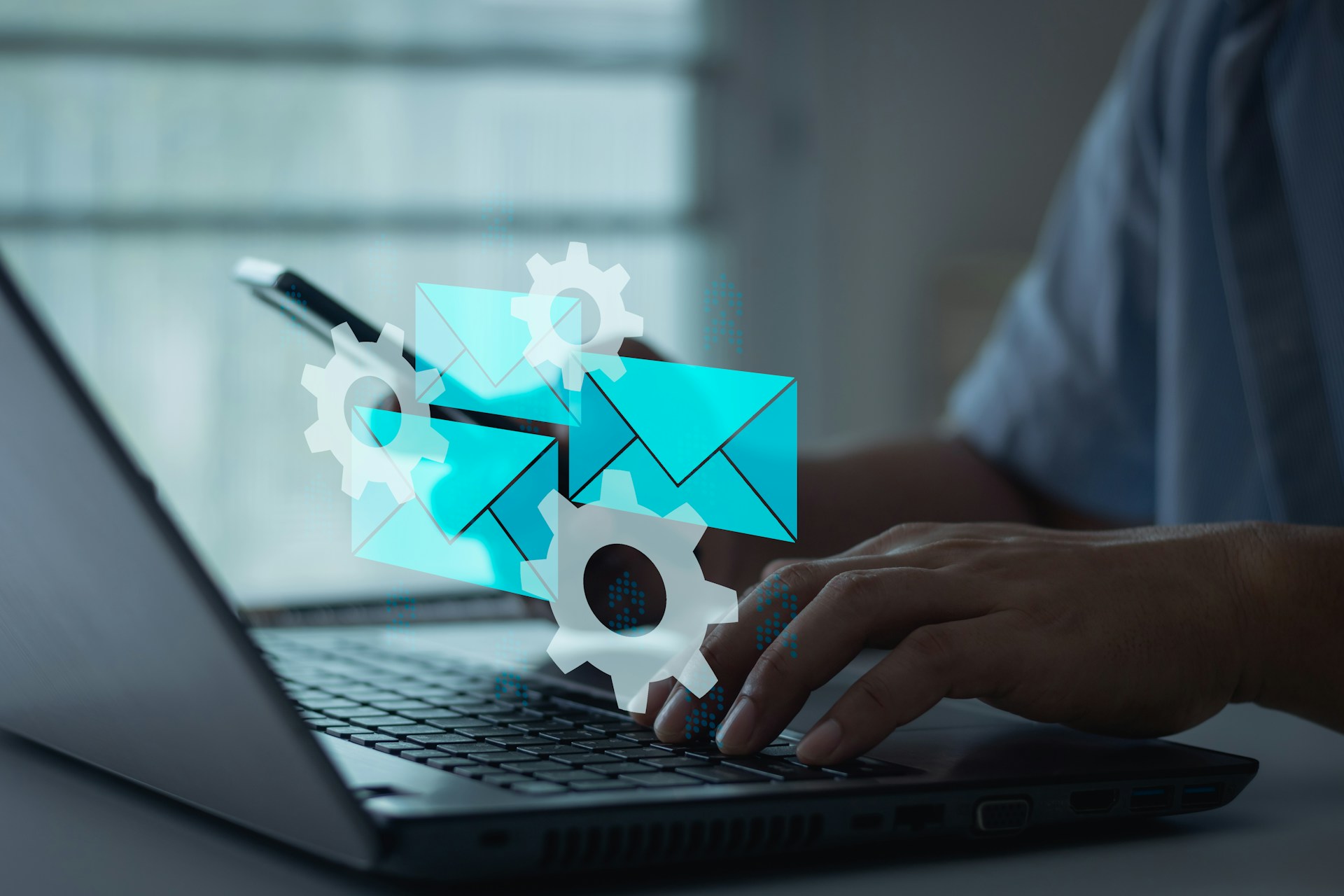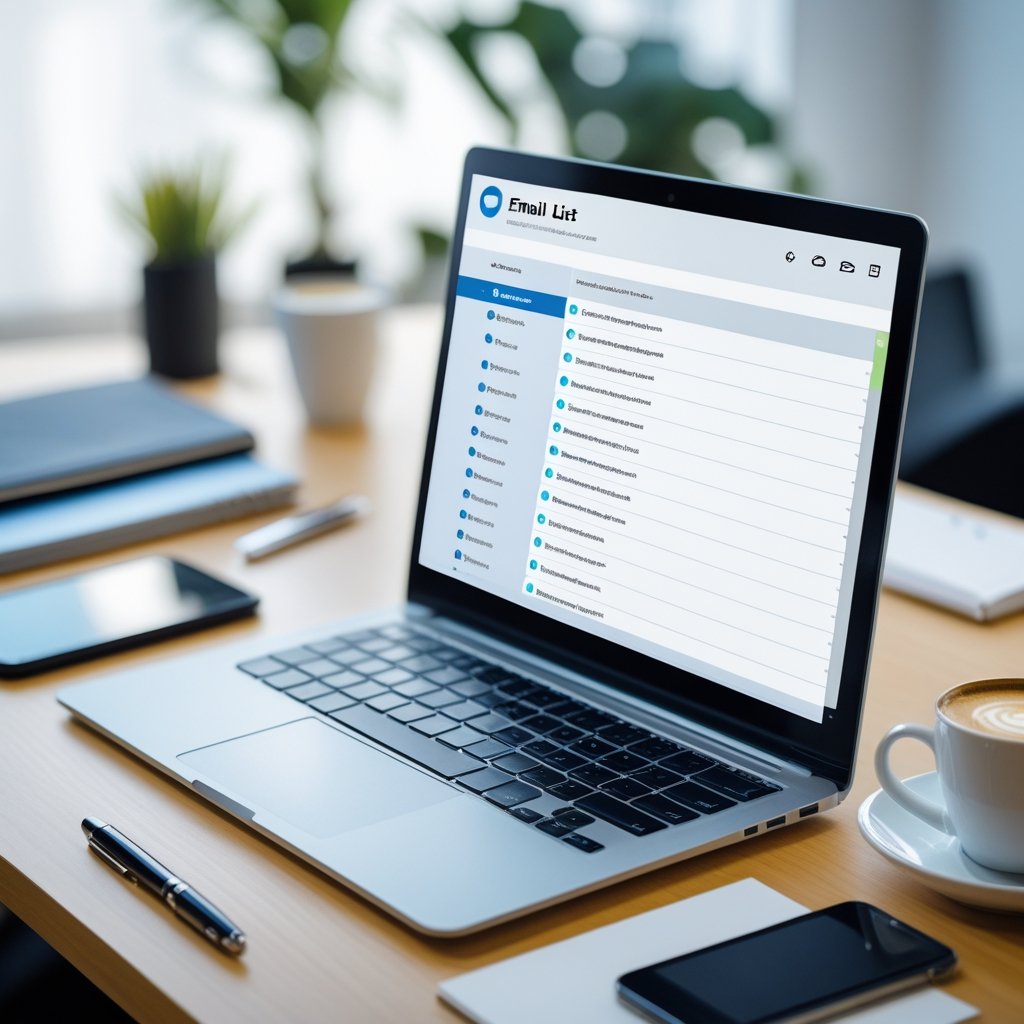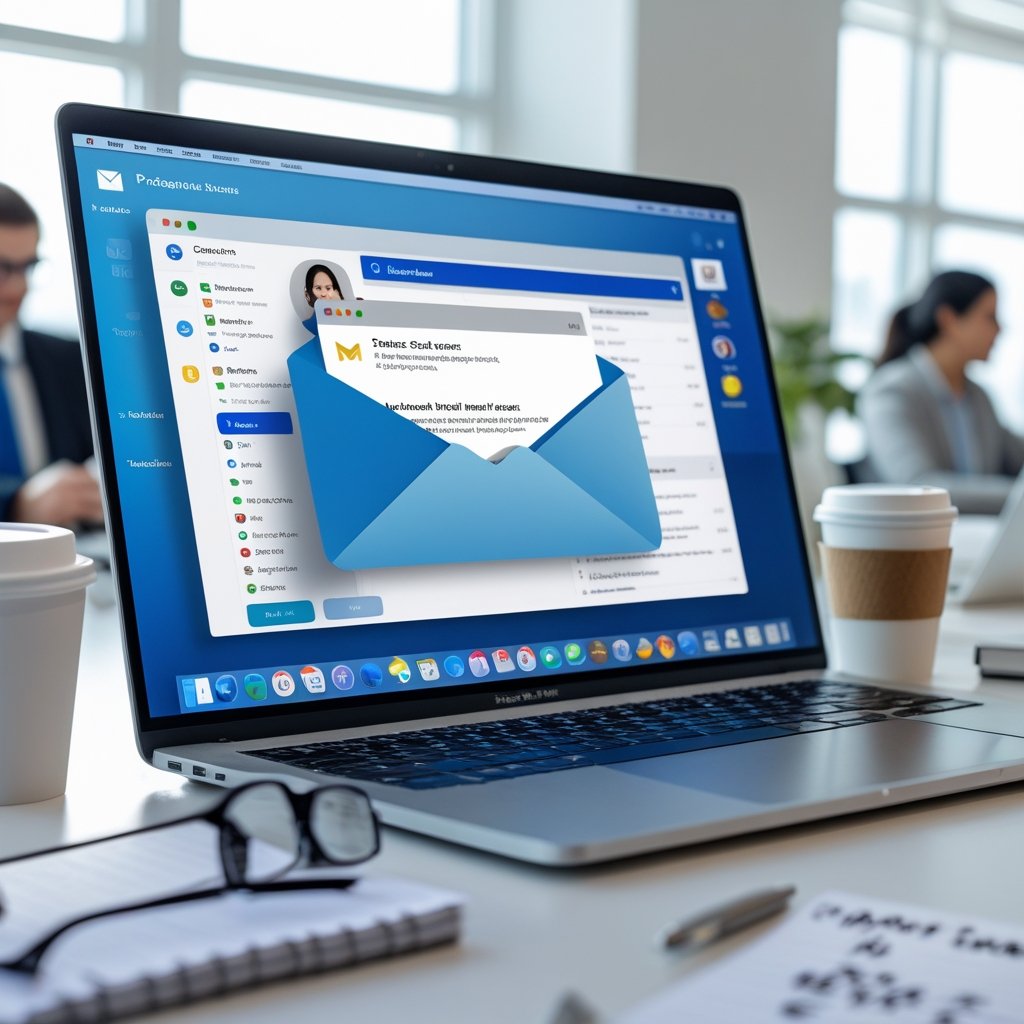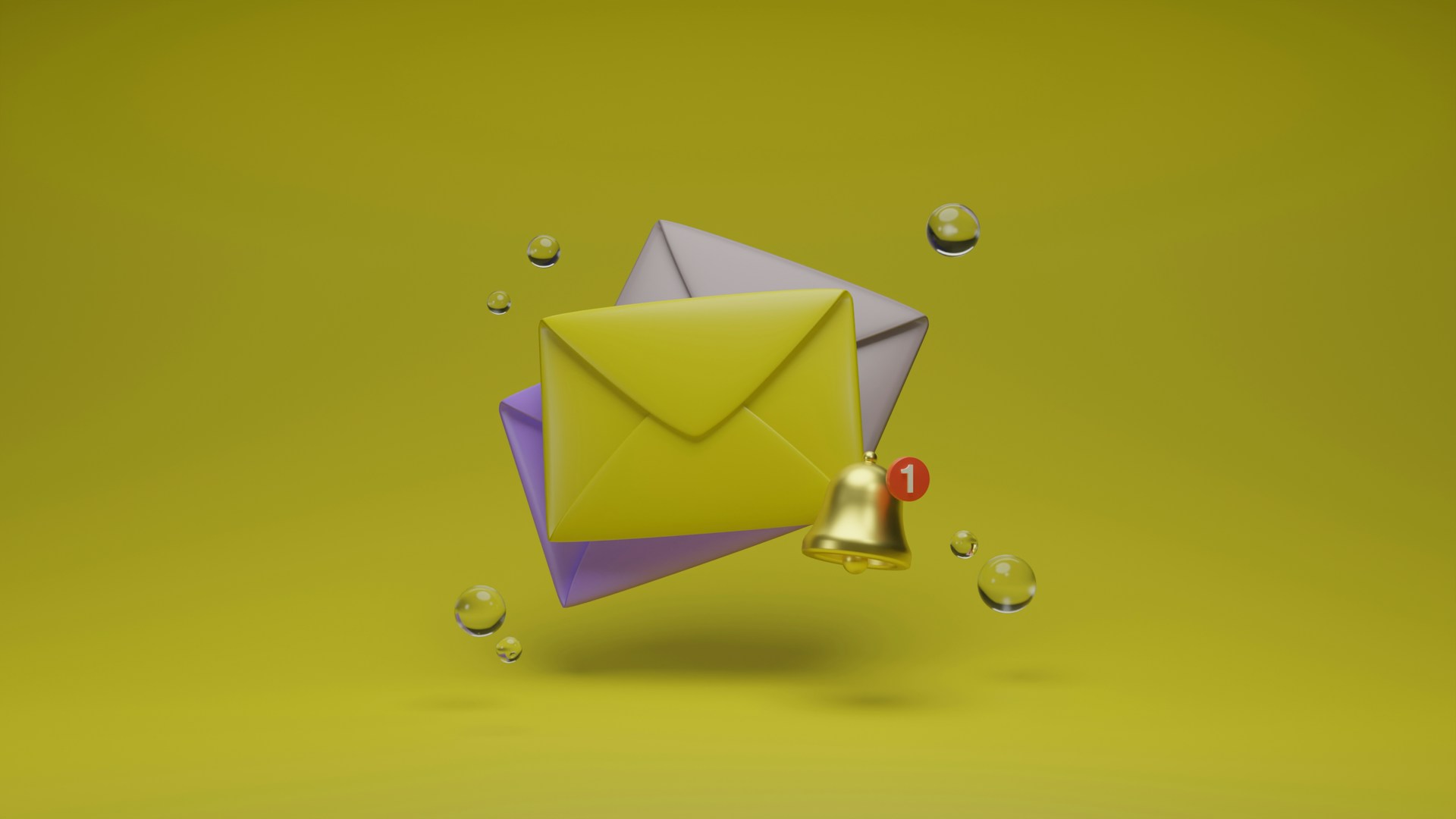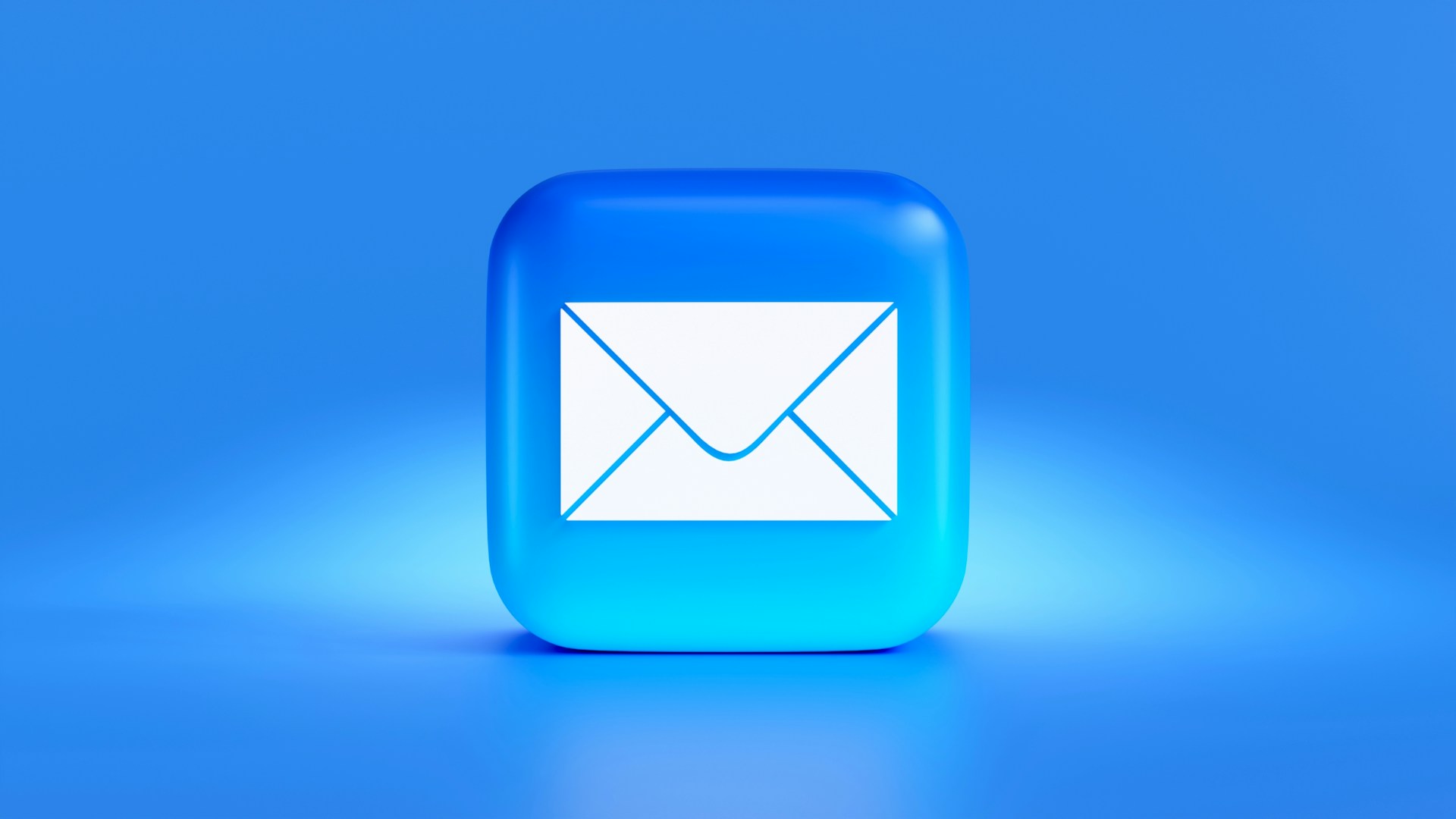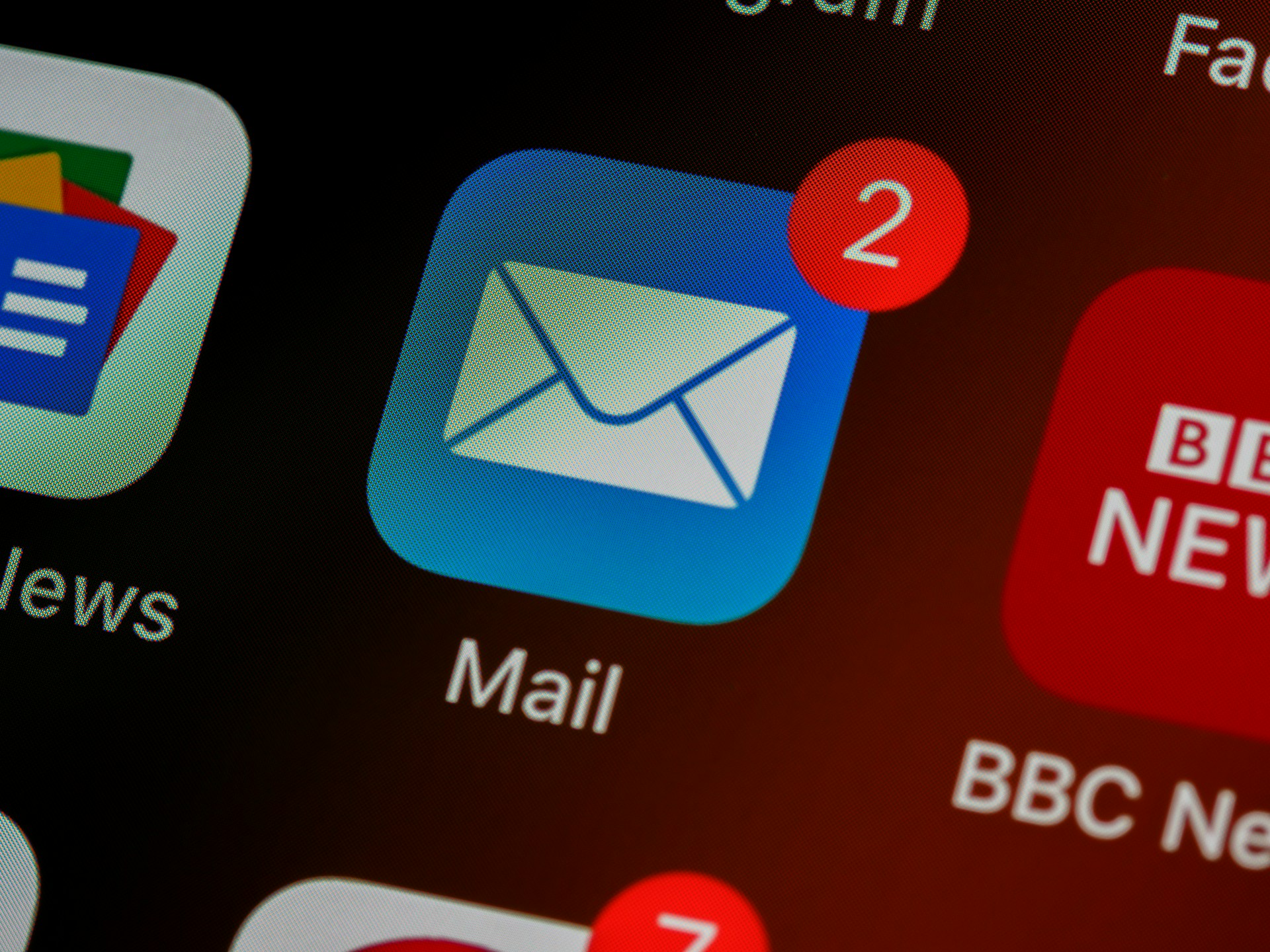Email List Hygiene Best Practices for Higher Engagement

A clean email list is the foundation of effective email marketing. Following email list hygiene best practices ensures your messages reach real subscribers who want to hear from you—boosting engagement and protecting deliverability.
Inactive, invalid, or fake addresses harm your sender reputation, lowering open rates and increasing bounce risk. For consultants, SaaS teams, and agencies, this means wasted time and missed opportunities.
Breaker simplifies this process by automating subscriber validation and helping you maintain a list of engaged, high-quality contacts.
In this article, you’ll learn the essential email list hygiene best practices, from removing bad addresses to using verification tools. Keep reading to learn how to improve engagement and keep your deliverability strong.
What Is Email List Hygiene?
Keeping your email list clean means removing bad contacts and focusing on engaged subscribers. This helps you send emails that reach inboxes and connect with the right people.
Understanding how list hygiene works can improve your open rates and reduce spam complaints.
Definition and Purpose
Email list hygiene means regularly cleaning and updating your subscriber list. You remove invalid emails, inactive users, and duplicates.
This keeps your data accurate and your audience engaged. The purpose is to improve your sender reputation and email performance.
When you send to real, interested people, you get better engagement and fewer bounces. It’s a key step in building a list that helps your business grow.
How List Hygiene Impacts Deliverability
Deliverability measures how well your emails land in the inbox instead of spam folders. Poor list hygiene hurts deliverability because invalid or inactive addresses cause bounces.
When bounce rates rise, email services may treat your messages as suspicious. Maintaining a clean list lowers bounce rates and spam complaints.
This signals to email providers that you are a trustworthy sender. Over time, your emails get better placement and more opens.
Common Mailing List Issues
Here are three common issues in dirty email lists:
- Inactive subscribers: People who haven’t opened or clicked in months.
- Invalid addresses: Typos, fake emails, or addresses that no longer exist.
- Duplicates and role-based addresses: Multiple entries for the same person or generic inboxes like info@company.com.
Ignoring these problems wastes resources and hurts performance. Removing or fixing these issues improves your email health.
Benefits of Email List Hygiene
Keeping your email list clean brings clear advantages. It helps you connect better with your audience and lowers wasted effort.
These improvements impact your engagement, deliverability, and overall list quality.
Higher Engagement Rates
When your list is clean, your emails reach people who want to hear from you. This leads to more opens, clicks, and interaction with your content.
Removing inactive or fake addresses lets you focus on subscribers interested in your newsletter or product. Engaged subscribers are more likely to convert into customers or leads.
By avoiding sending emails to disinterested users, you improve your open and click-through rates. Emails landing in active inboxes boost your chances of building strong relationships.
Reduced Bounce Rates
Bounces happen when emails fail to deliver, usually because addresses are invalid or inactive. A high bounce rate signals poor list quality and can cause email providers to limit your sending ability.
By cleaning your list, you remove addresses that will bounce. This keeps your bounce rate low and ensures more of your emails reach genuine subscribers.
Lower bounces also reduce the risk of your account being flagged or blocked. Tracking bounce rates helps you spot problem addresses quickly.
Improved Sender Reputation
Your sender reputation is a score internet providers use to decide if your emails should reach inboxes or spam folders. It depends on bounce rates, complaints, and engagement levels.
Maintaining good list hygiene means fewer bounces and unsubscribes, which helps you build a stronger sender reputation. This improves your overall email deliverability.
A solid reputation increases the chance your messages arrive in the inbox. Your audience then sees your content as intended.
Key Elements of Effective List Hygiene
Keeping your email list clean and well-organized leads to better deliverability and stronger engagement. You need a clear plan for regular cleaning, permission-based sign-ups, and smart segmentation.
Regular List Cleaning Schedules
Set a routine to remove inactive or bounced email addresses. Quarterly checks work well for most businesses.
Identify emails that haven’t opened or clicked in the last 6-12 months. Use tools to flag invalid or fake addresses.
Removing these keeps your sender reputation healthy. Don’t forget to monitor bounce rates after each send.
Remove hard bounces immediately. For soft bounces, retry a few times before deciding to remove them.
Permission-Based List Building
Only add people who explicitly opt into your emails. This reduces complaints and boosts engagement.
Use clear sign-up forms explaining what emails subscribers will get and how often. Confirm their subscription with a welcome email or double opt-in.
Avoid buying or scraping lists. These often contain uninterested or invalid contacts.
List Segmentation Strategies
Segment your list by behavior, location, or interests to send relevant content. For example, send product tips only to people who haven’t used certain features.
Use engagement levels to target active subscribers differently from inactive ones. Tailor re-engagement campaigns to win back those who drifted away.
Effective segmentation improves open rates and conversions. Prioritize segments that match your business goals and audience needs.
Steps for Cleaning Your Email List
Maintaining your email list means regularly checking who stays engaged and who doesn’t. It also involves spotting emails that might cause problems and handling bounces.
Identifying Inactive Subscribers
Inactive subscribers are people who haven’t opened or clicked your emails in a while. Set a clear timeframe, like 3 to 6 months, to spot them.
Use your email platform’s reports to find these contacts. Try re-engagement campaigns with targeted content to win them back.
If they remain inactive, remove or unsubscribe them. This keeps your list fresh and improves deliverability.
Removing Invalid Email Addresses
Invalid email addresses don’t exist or have typos. These cause hard bounces and hurt your sender reputation.
Remove addresses flagged as invalid by your email system after one or two sending attempts. Use list validation services before sending.
They check for syntax errors and test if the email server accepts mail. Clearing these keeps bounce rates low and your messages out of spam folders.
Managing Hard and Soft Bounces
Bounces are emails that don’t reach the inbox. Hard bounces are permanent, like a wrong address.
Soft bounces are temporary issues, such as a full inbox. Remove hard bounces from your list immediately.
For soft bounces, try resending a few times. If the soft bounce continues after several attempts, consider removing those emails.
Utilizing Email Verification Tools
Keeping your email list clean is vital. Using the right tools helps you confirm valid contacts and connect smoothly with your audience.
These steps protect your sender reputation and improve your campaign success.
Types of Verification Tools
You can find various email verification tools for different purposes. Some check if an email address is formatted correctly and real.
Others ping the mail server to verify the mailbox exists without sending actual emails. Many tools also analyze domain validity and spot disposable emails.
Some tools offer batch processing to verify thousands of contacts at once. Others work in real time, checking new sign-ups as they happen.
Choose tools based on your volume and workflow.
How to Integrate Verification Solutions
Incorporate email verification into your processes early. When someone signs up, run their email through a verification API instantly.
This removes invalid or risky addresses upfront. If you already have a large list, schedule regular bulk verifications.
Set a frequency like monthly or quarterly, depending on your send volume. Many marketing platforms let you connect verification services easily.
You’ll automate cleaning without disrupting your workflow. Monitor verification outcomes closely to refine your targeting and messaging.
Preventing Spam Traps
Spam traps are old or fake email addresses used to catch senders who don’t maintain their lists. Hitting a spam trap can damage your sender score.
Verification tools help you avoid these traps by detecting suspicious or outdated addresses. Watch for email addresses that never engage or bounce repeatedly.
Removing role-based or disposable emails also reduces risk. Regularly clean your list and delete unknown or inactive subscribers.
Protecting yourself from spam traps keeps your deliverability reliable.
Best Practices for Maintaining List Hygiene
Keeping your email list clean means engaging the right people, making it easy to leave, and keeping contact info fresh. These steps help your emails reach inboxes and improve your sender reputation.
Routine Subscriber Re-Engagement
Regularly reach out to inactive subscribers to keep your list active. Identify those who haven’t opened or clicked in 3 to 6 months.
Send a re-engagement campaign with a clear call to action. If subscribers don’t respond after a couple of attempts, remove them.
This reduces bounce rates and protects your sender reputation. Focusing on engaged readers also improves your open and click-through rates.
Transparent Unsubscribe Process
Make it easy and clear for subscribers to unsubscribe. Use a visible unsubscribe link on every email, ideally in the footer.
Avoid hiding it or making people hunt for it. A straightforward unsubscribe process shows you respect your audience’s choices.
You can offer options to reduce email frequency instead of full removal. This keeps your list focused on contacts who want your content.
Updating Contact Information
Encourage subscribers to update their email and contact details regularly. Outdated info leads to failed deliveries and hurts your sender score.
Include prompts in your emails asking people to confirm or change their details. Use surveys, preference centers, or occasional update requests.
Automate this process to keep your data accurate and your messages reaching the right inboxes.
Legal and Compliance Considerations
When managing your email list, follow specific laws and rules to avoid fines and protect your reputation. Understand global privacy laws, get clear permission from subscribers, and keep detailed records of their consent.
Understanding CAN-SPAM and GDPR
CAN-SPAM is a U.S. law that requires you to include a clear unsubscribe link and honest subject lines in every email. You must also identify the sender and provide a physical address.
Violating these rules can lead to penalties up to $43,792 per email.
GDPR applies if you email people in the EU. It demands stricter consent rules and gives subscribers rights like access to their data and the option to erase it.
You must follow GDPR even if you are outside Europe but send emails to EU residents.
Obtaining Explicit Consent
You need explicit, clear permission before adding someone to your list. Subscribers must actively agree to receive emails, not just be opted in by default or through vague checkboxes.
Always use double opt-in when possible. This sends a confirmation email to verify the subscriber’s intent.
Double opt-in lowers the chance of fake or outdated addresses and reduces complaints.
Make your consent notice obvious and easy to understand. Tell subscribers what type of emails they will get and how often.
If your focus is B2B newsletters, highlight the professional value they’ll receive.
Maintaining Accurate Records
Keep track of when and how each subscriber gave you permission. This includes timestamps, IP addresses, and the consent method used.
Organize this data so you can quickly prove consent if needed.
You should also log unsubscribes and complaints. Removing those contacts fast improves your list quality and protects your sender reputation.
Use tools that automatically capture and store this information. Automation saves time, reduces errors, and makes managing your list more efficient as you grow.
Common Challenges and How to Overcome Them
When managing your email list, you’ll face issues like losing subscriber interest, handling unsubscribes without damaging your brand, and avoiding deliverability problems tied to blacklisted addresses.
Each challenge needs clear steps to keep your list healthy and growing.
Reducing List Fatigue
List fatigue happens when subscribers stop opening or engaging with your emails. To prevent this, regularly clean your list by removing contacts who haven’t opened emails in 3–6 months.
Inactive subscribers lower your open rates and hurt deliverability.
Personalize your content to keep it relevant. Use data like past clicks or preferences to send emails that matter.
Avoid over-emailing; find the right frequency through testing.
Watch for drops in open rates and increased unsubscribes. Re-engagement campaigns can help, but if subscribers stay inactive, it’s better to remove them.
Handling Unsubscribes Positively
Unsubscribes are normal and can be useful feedback. Make the process easy and transparent to keep a good relationship with those leaving your list.
Offer options on the unsubscribe page, like updating email preferences instead of fully leaving. Some may want fewer emails or content that fits their interests better.
Use unsubscribe reasons to improve your strategy. For example, if many say emails are too frequent, consider reducing send cadence.
Respecting unsubscribes also improves your sender reputation and keeps bounce rates low.
Dealing With Blacklisted Addresses
Blacklists prevent your emails from reaching the inbox and damage your sender reputation. They often happen when many recipients mark your emails as spam or when your list has invalid addresses.
Keep your list clean by removing hard bounces and invalid emails regularly. Use email validation tools to catch bad addresses before sending.
Monitor your sender score and feedback loops. If you get blacklisted, correct list issues, reduce send volume, and follow best sending practices.
Monitoring, Reporting, and Continuous Improvement
To keep your email list healthy, watch how your campaigns perform and use feedback to improve. This helps you spot issues early and make smart choices to keep your subscribers engaged.
Tracking Key Metrics
Focus on metrics that tell you about your list's health and engagement. These include bounce rates, unsubscribe rates, open rates, and click-through rates.
A high bounce rate means many emails aren’t reaching inboxes, which can hurt your sender reputation.
Pay close attention to the active subscriber percentage—those who regularly open or interact with your emails. Staying on top of these numbers helps you remove inactive or invalid addresses before they drag down your performance.
Use tools that automatically report these metrics after each send. This gives you clear data to decide if you need to clean your list or adjust your sending frequency.
A/B Testing and Optimization
Testing different versions of your emails shows what works best for your audience. You can test subject lines, send times, content style, and sender names.
Run tests with small groups before moving to your full list. For example, try two subject lines on 10% of your audience, then send the winner to the rest.
Document your results to see long-term trends. Over time, you’ll learn how to craft emails that keep your list active and interested.
Implementing Feedback Loops
Encourage subscribers to share their opinions through surveys, polls, or reply emails. This feedback shows why people stay or leave and what content they want more of.
Review subscriber feedback regularly. Address common issues like email frequency, complaints, or content relevance, and adjust your strategy based on this data.
Using feedback strengthens trust and helps you keep your list focused on the right audience. This improves deliverability and engagement.
Keep Your Email List Clean, Keep Your Results Strong
Good list hygiene is more than maintenance—it’s the foundation of effective email marketing. By tracking bounce rates, removing invalid contacts, and following safe acquisition practices, you improve deliverability and ensure every message reaches the right inbox.
The payoff is higher engagement, stronger sender reputation, and more predictable campaign results. Breaker automates subscriber validation, helping B2B teams keep clean, engaged lists with less manual effort.
Ready to strengthen your deliverability and engagement? Explore how it keeps your list healthy—schedule a demo today.
Frequently Asked Questions
Keeping your email list clean helps you reach the right audience, improve open rates, and avoid delivery issues. Regular maintenance of your list saves time and keeps your email efforts efficient.
What are the key steps to maintain a clean email list?
Start by removing inactive or invalid email addresses regularly. Segment your list based on engagement to focus on subscribers who open and interact with your content.
Confirm new subscribers with a double opt-in to reduce fake or mistyped emails. Monitor bounce rates and unsubscribe requests to spot problematic addresses.
How often should I clean my email list to ensure it's up-to-date?
Clean your email list at least once every three months. If you send emails frequently, consider monthly cleaning to remove new inactive users quickly.
Remove hard bounces immediately after each campaign to keep your sender reputation strong.
What tools or services can help me with email list cleaning?
There are tools that automatically detect invalid or inactive emails and remove or flag them for you. Some platforms include built-in list hygiene features to simplify this process.
Look for tools that help you grow your list with real, engaged subscribers while handling cleaning and validation in the background.
What are the best ways to remove invalid or unengaged subscribers from my email list?
Use engagement metrics like opens, clicks, and responses to identify unengaged users. Send a reactivation campaign to these subscribers and remove those who don’t respond.
Regularly clean out email addresses that cause hard bounces or have been inactive for a long time. This keeps your list high-quality and focused on people who want your content.
How can I improve email deliverability through list hygiene?
Removing invalid emails lowers bounce rates, which improves your sender reputation. Keeping your list engaged helps avoid spam complaints and increases the chance your emails land in inboxes.
Use segmentation to send relevant content to different groups. This encourages open rates and reduces unsubscribe rates.
What are the consequences of not performing regular email list maintenance?
If you don’t clean your list, you risk higher bounce rates and spam complaints. Your emails may get blocked or sent to spam folders.
Poor list hygiene wastes resources by sending to unresponsive addresses. It also lowers engagement and makes your campaigns less effective.


